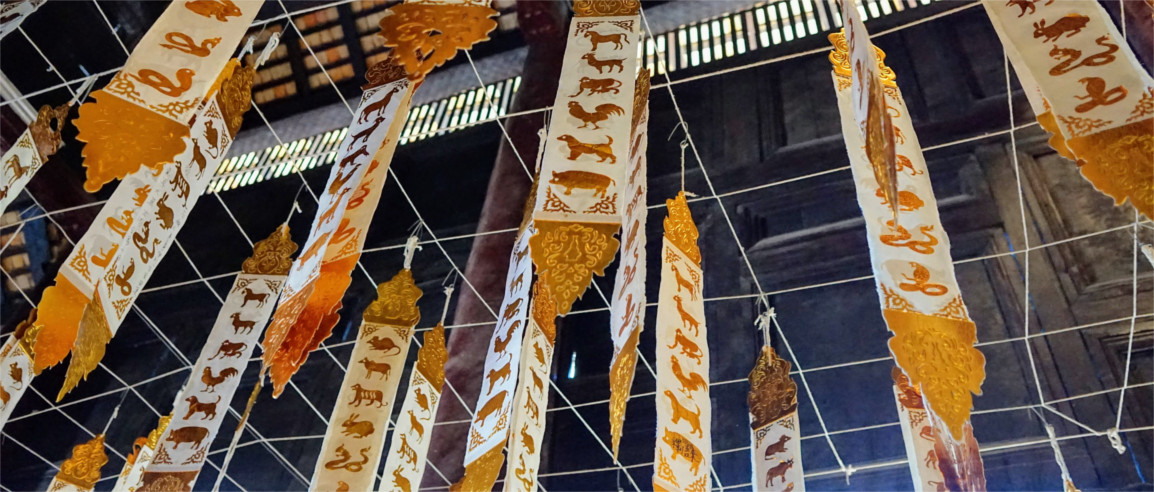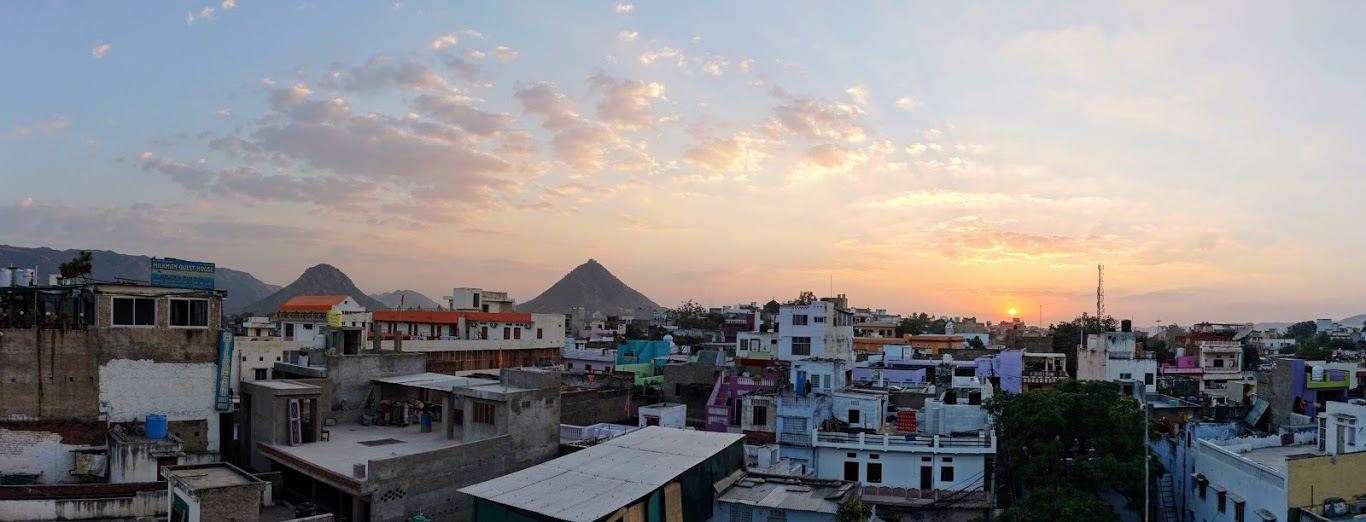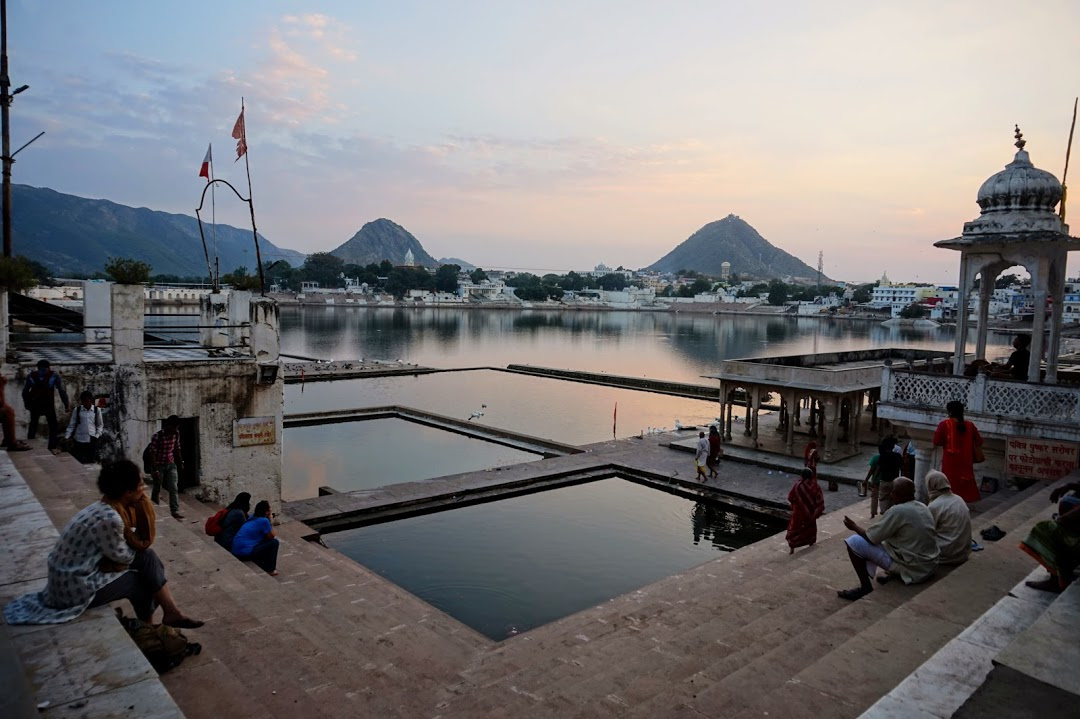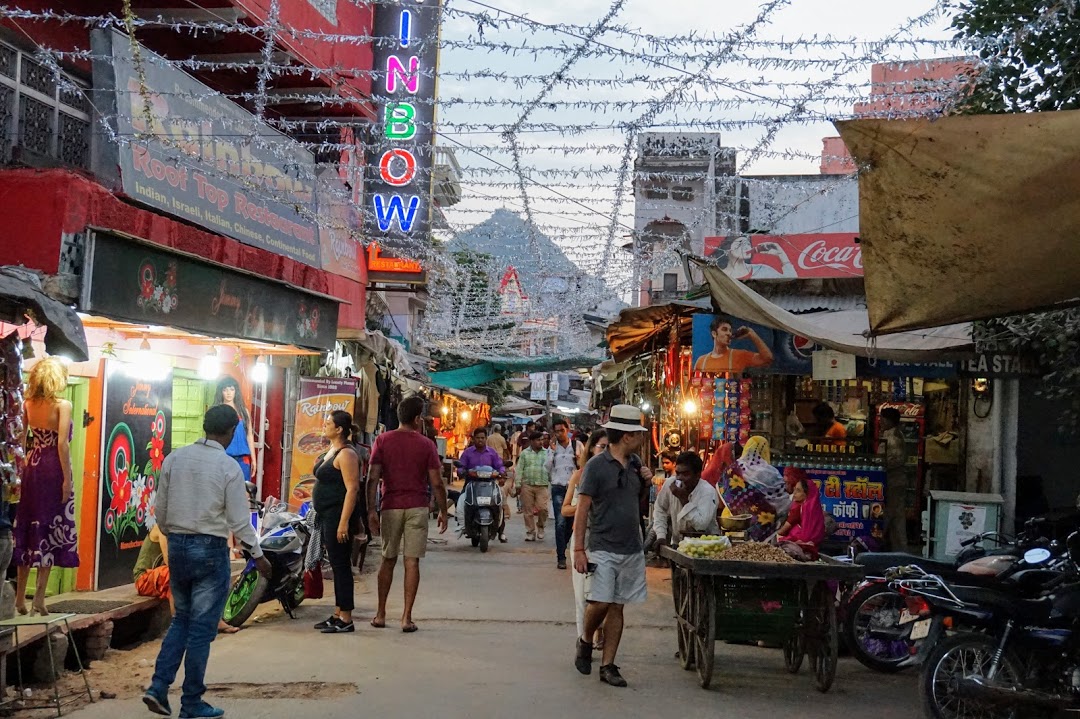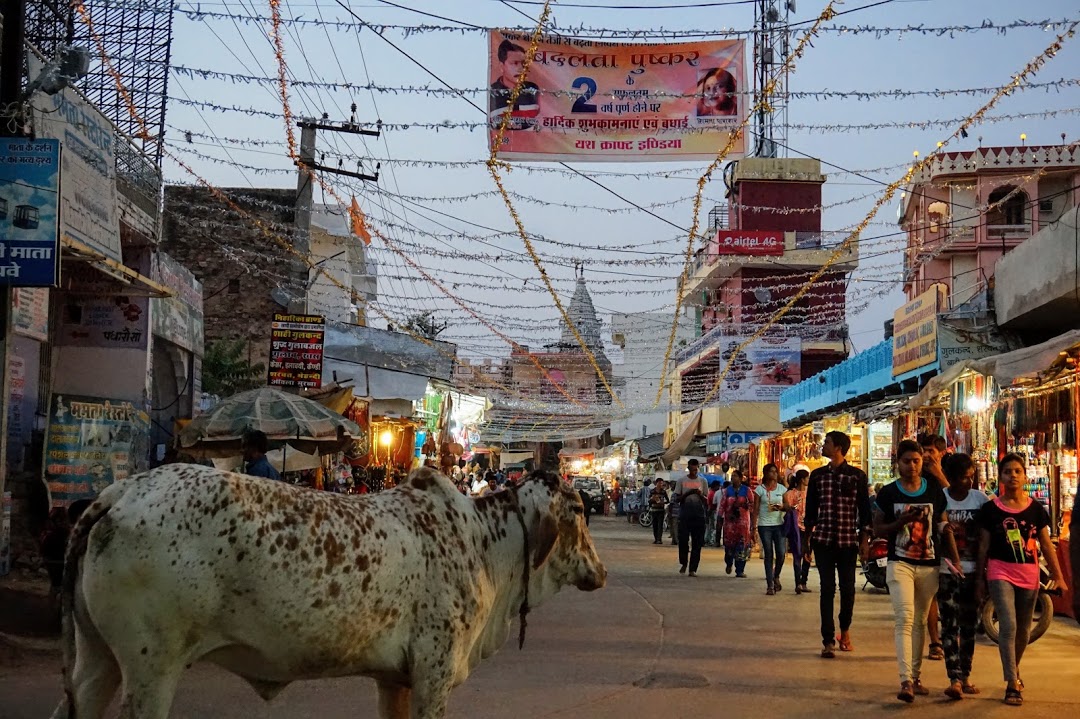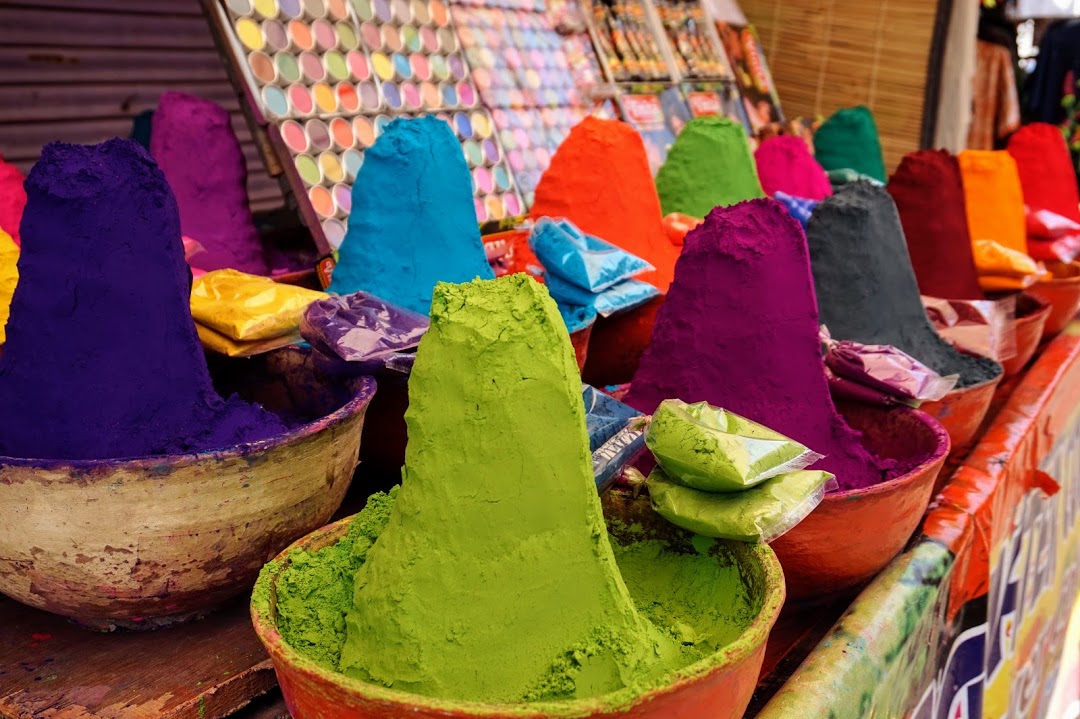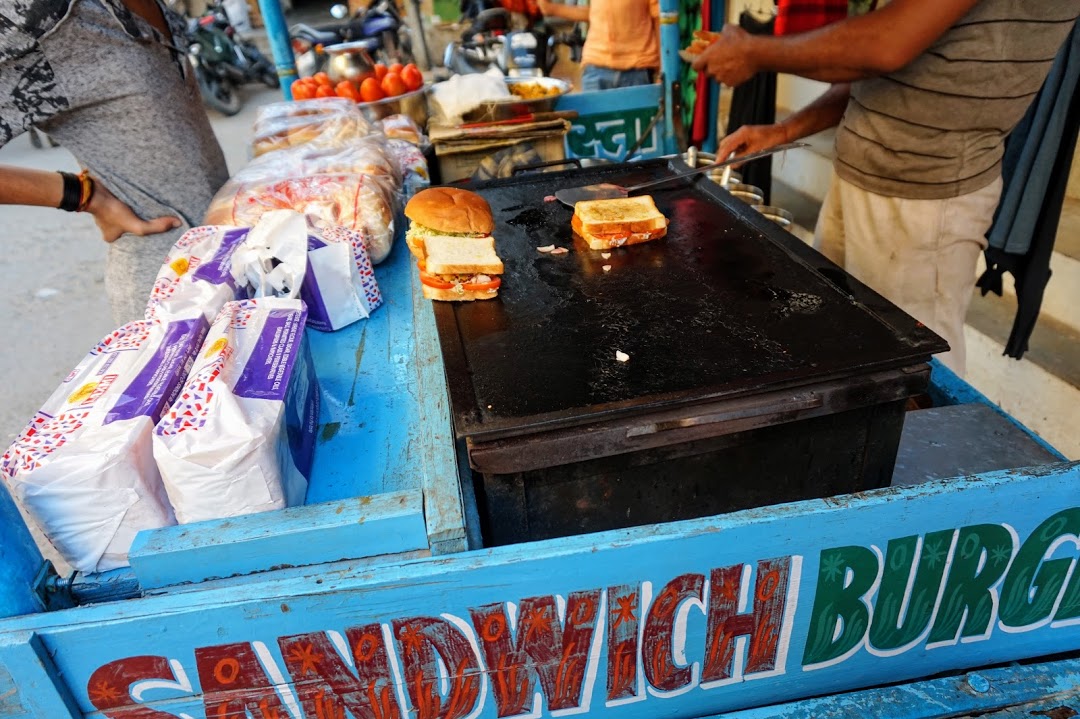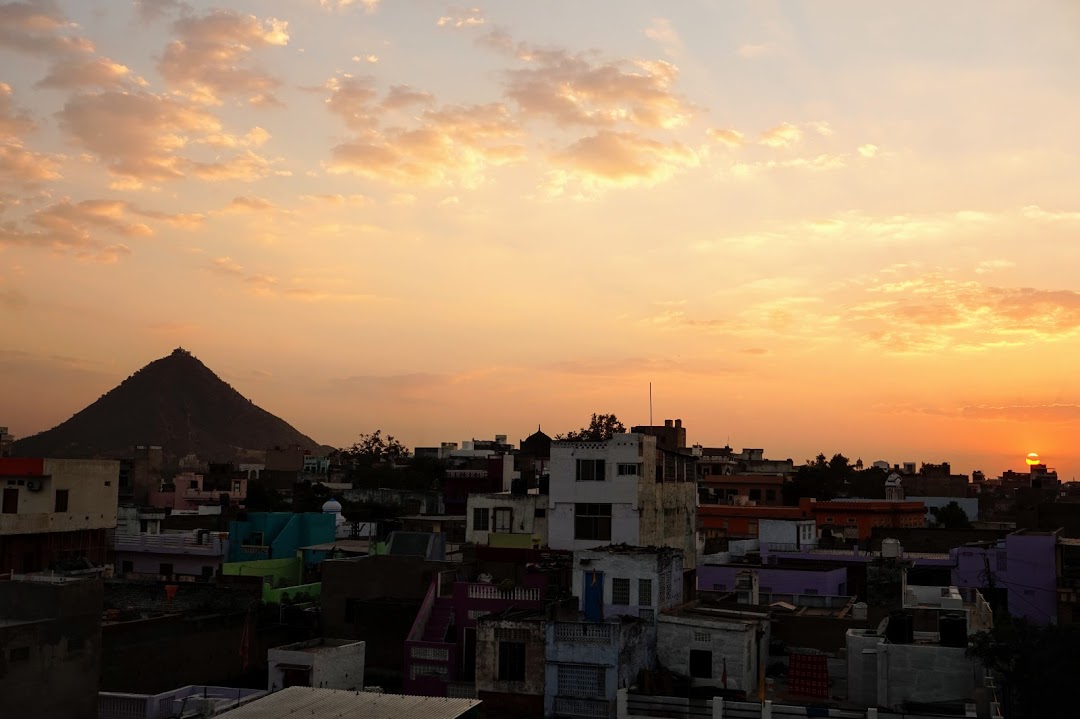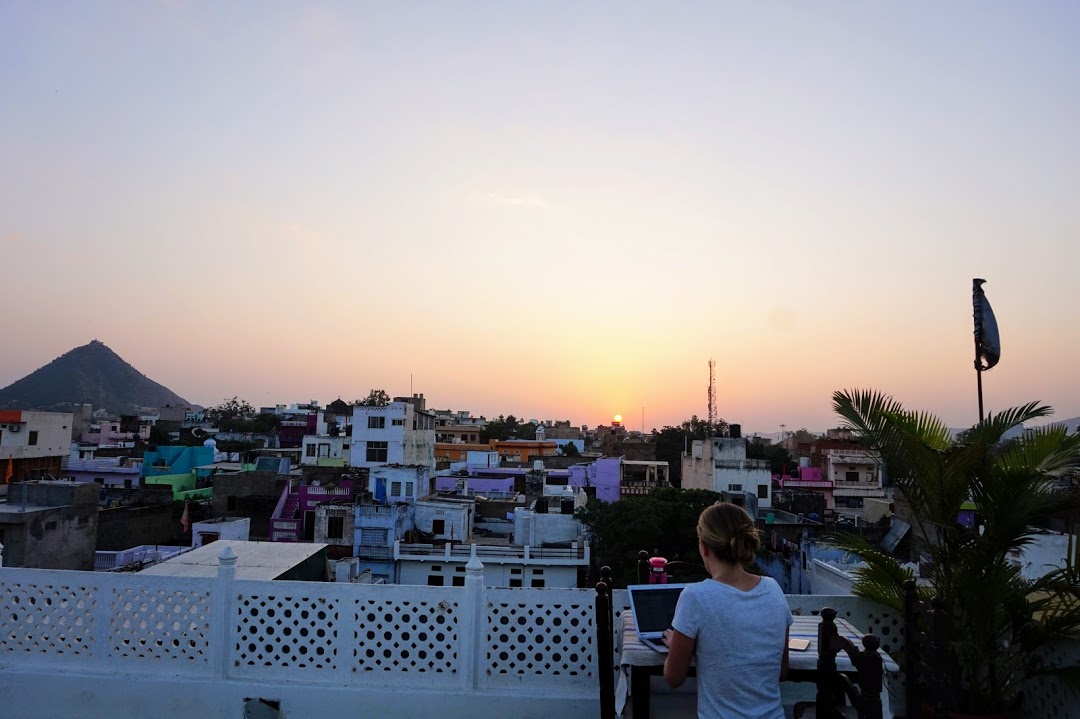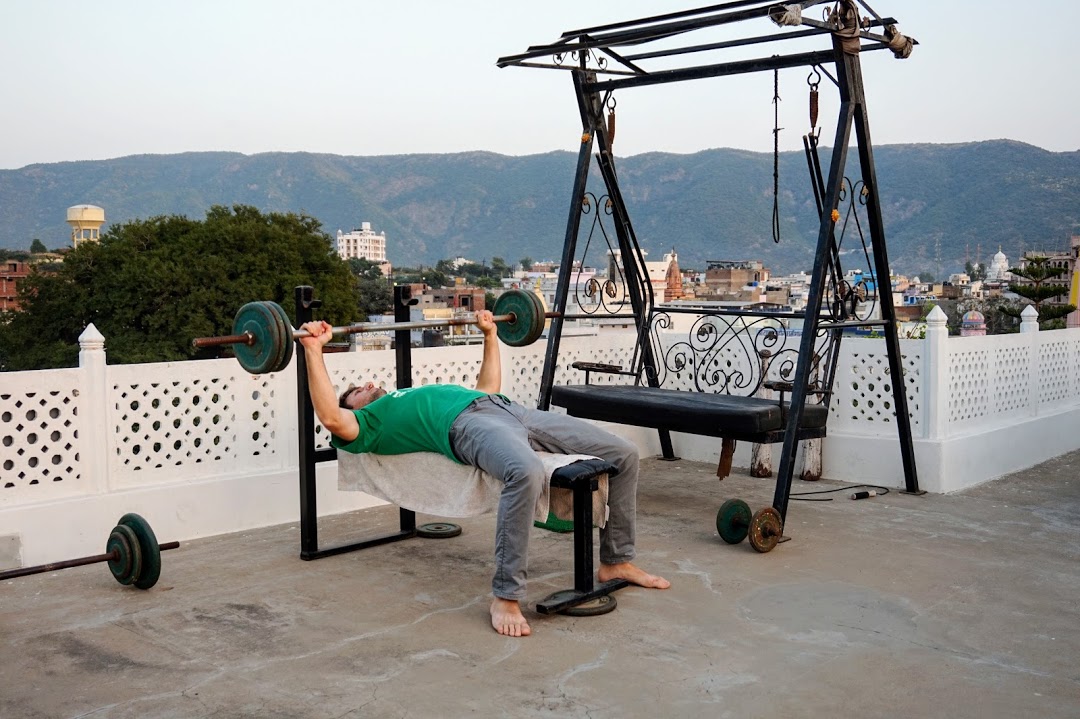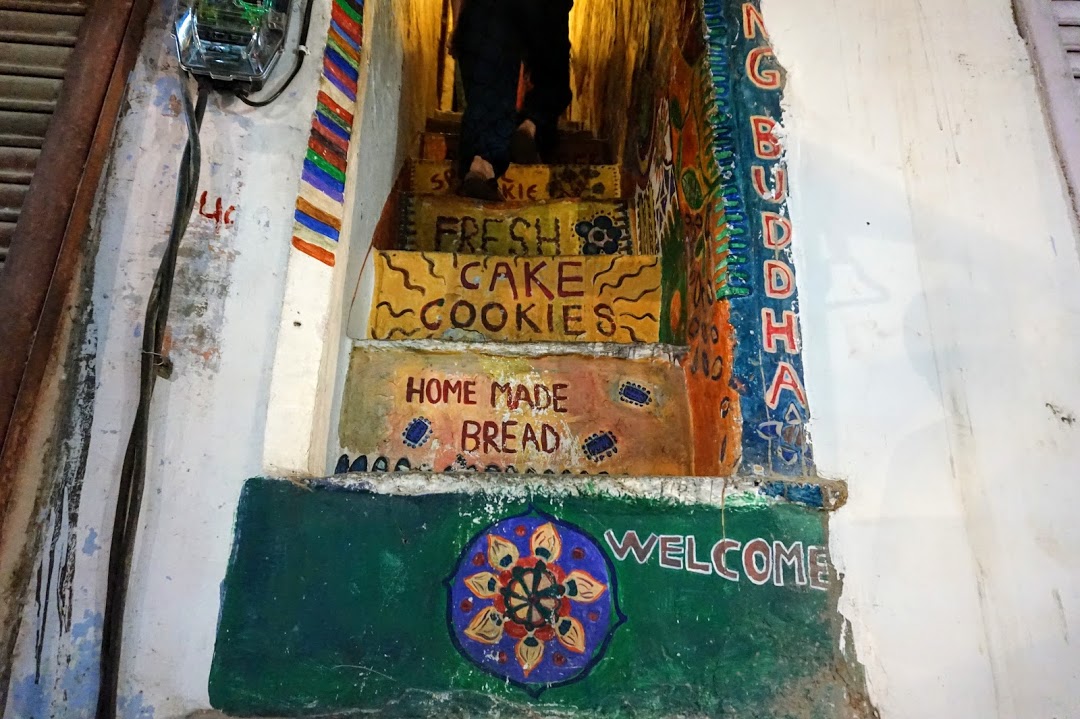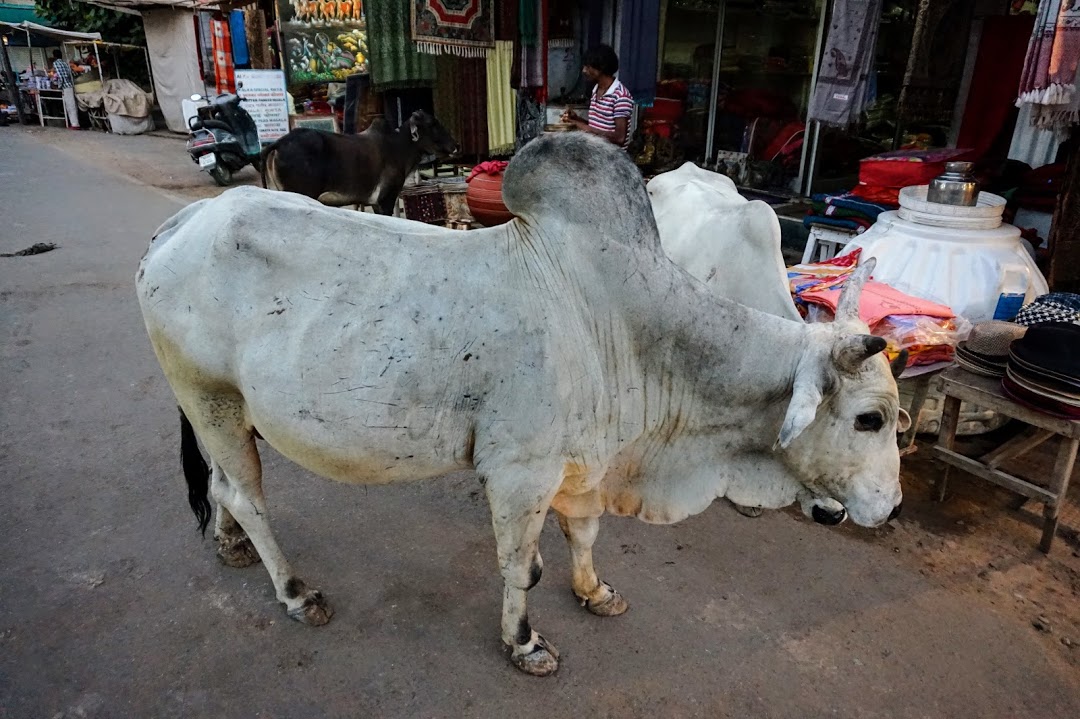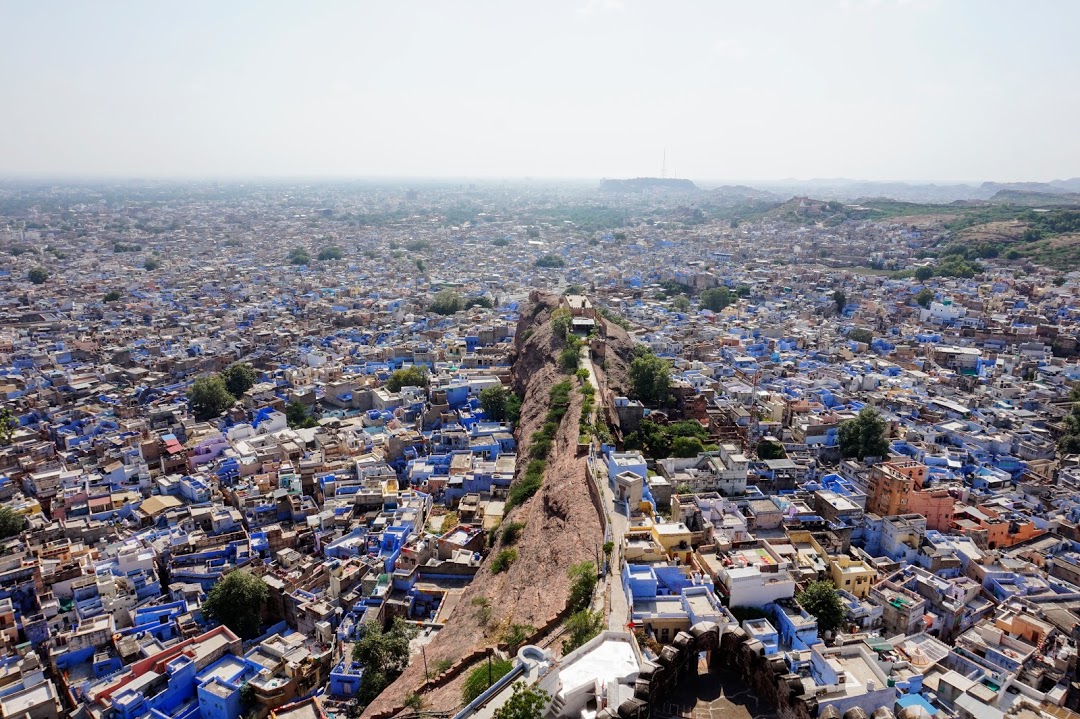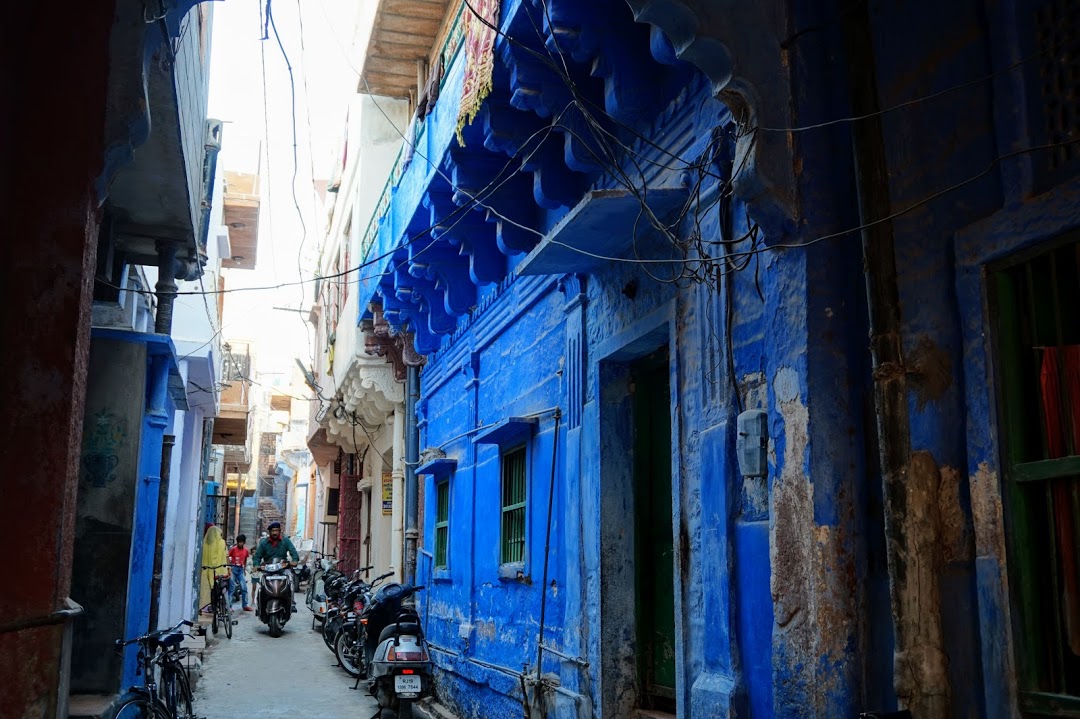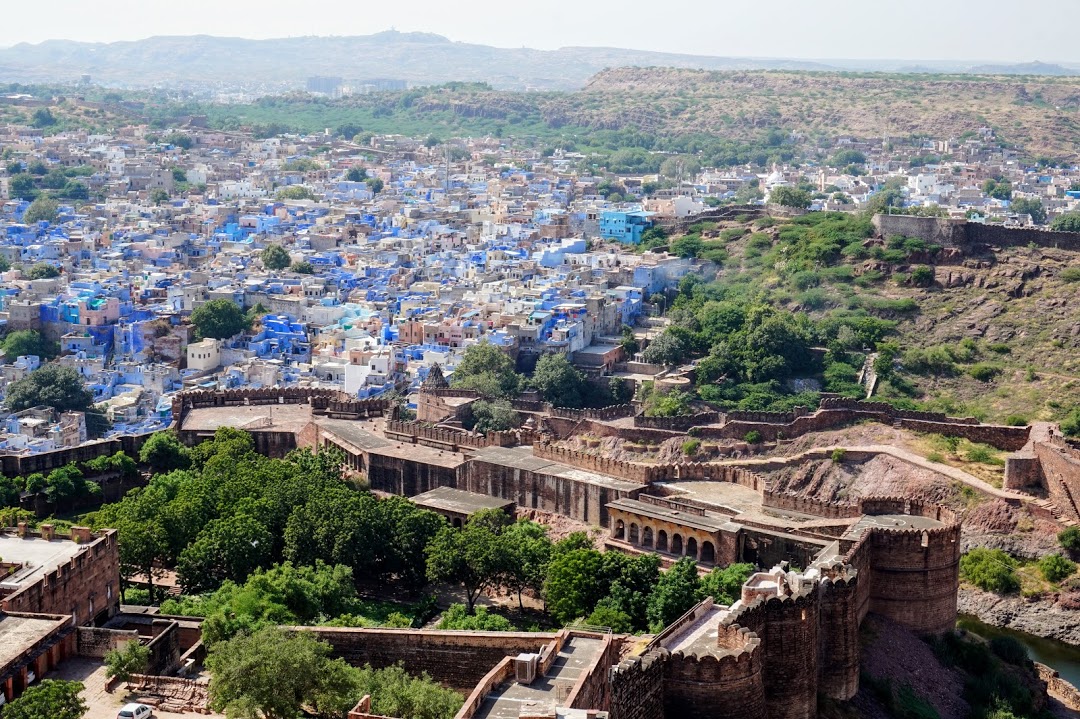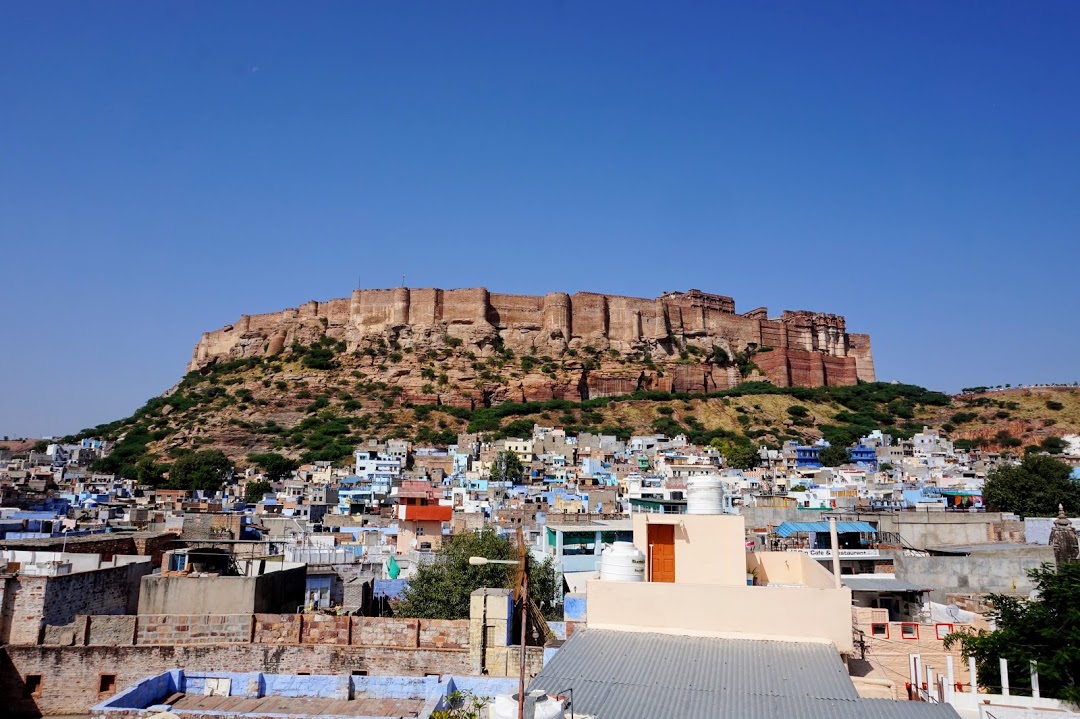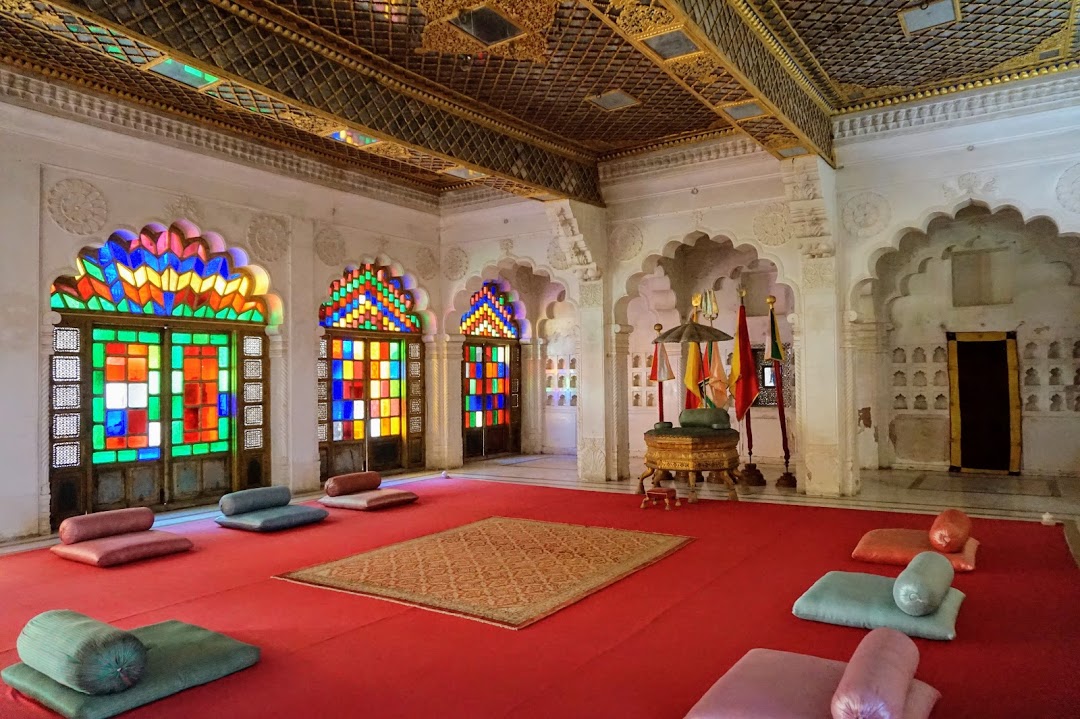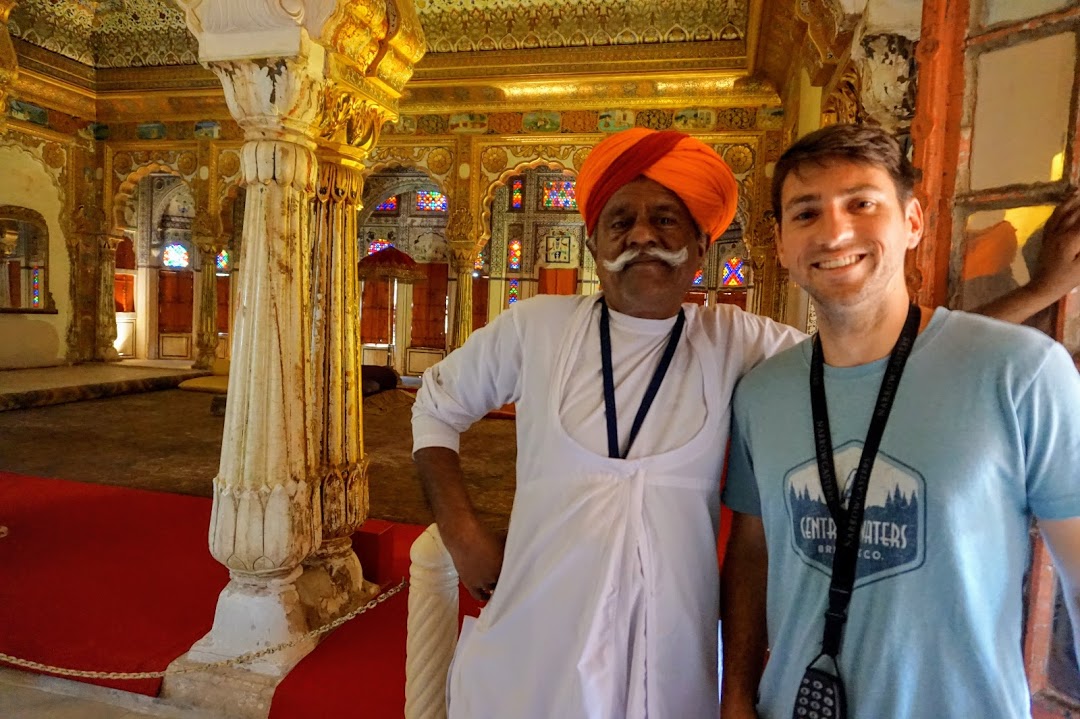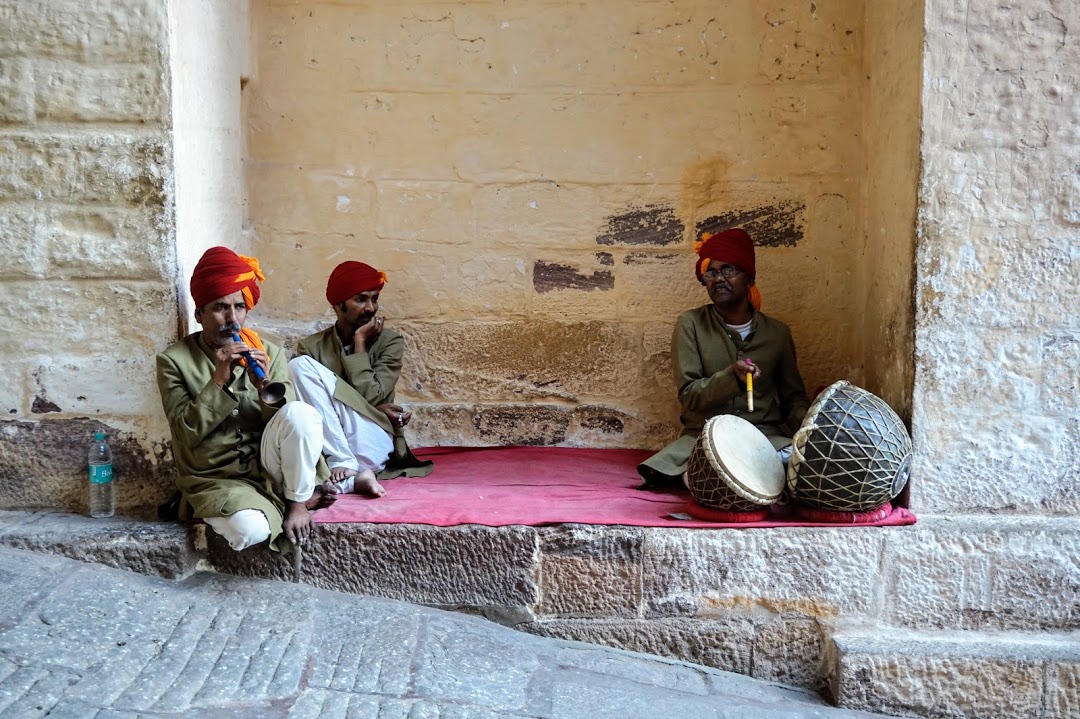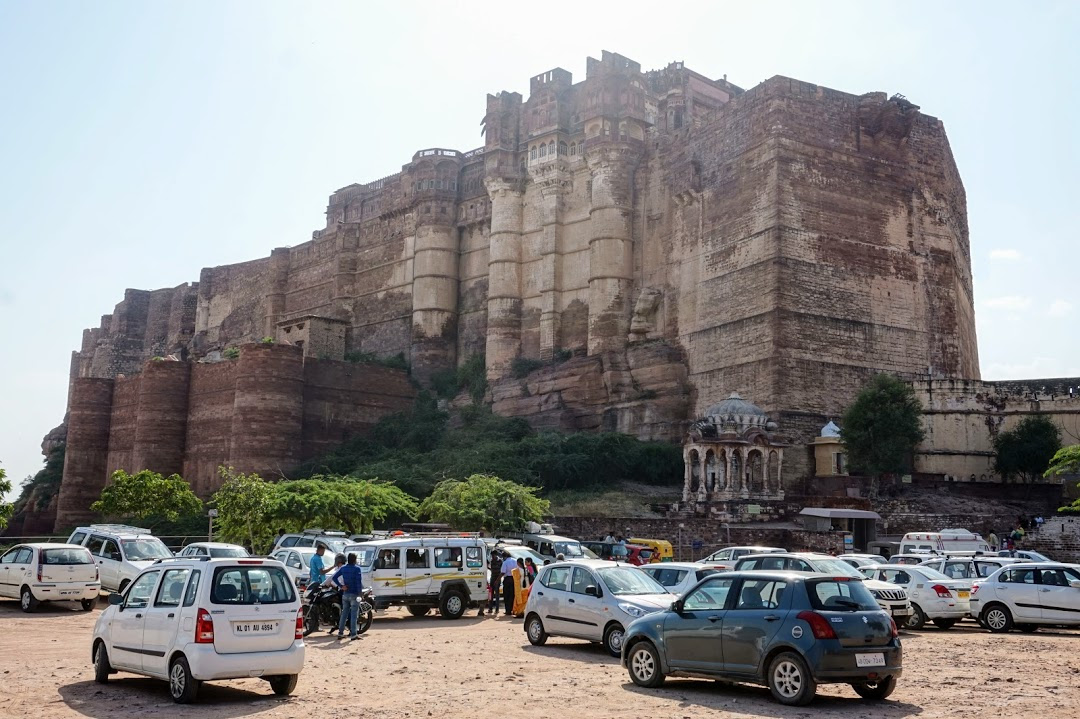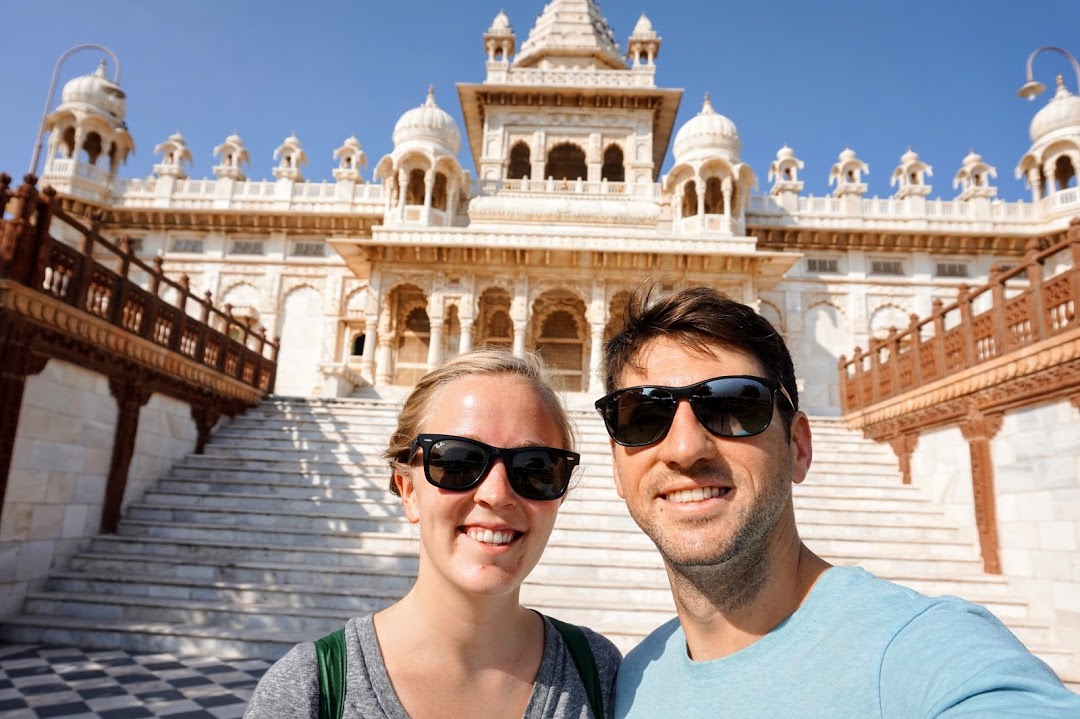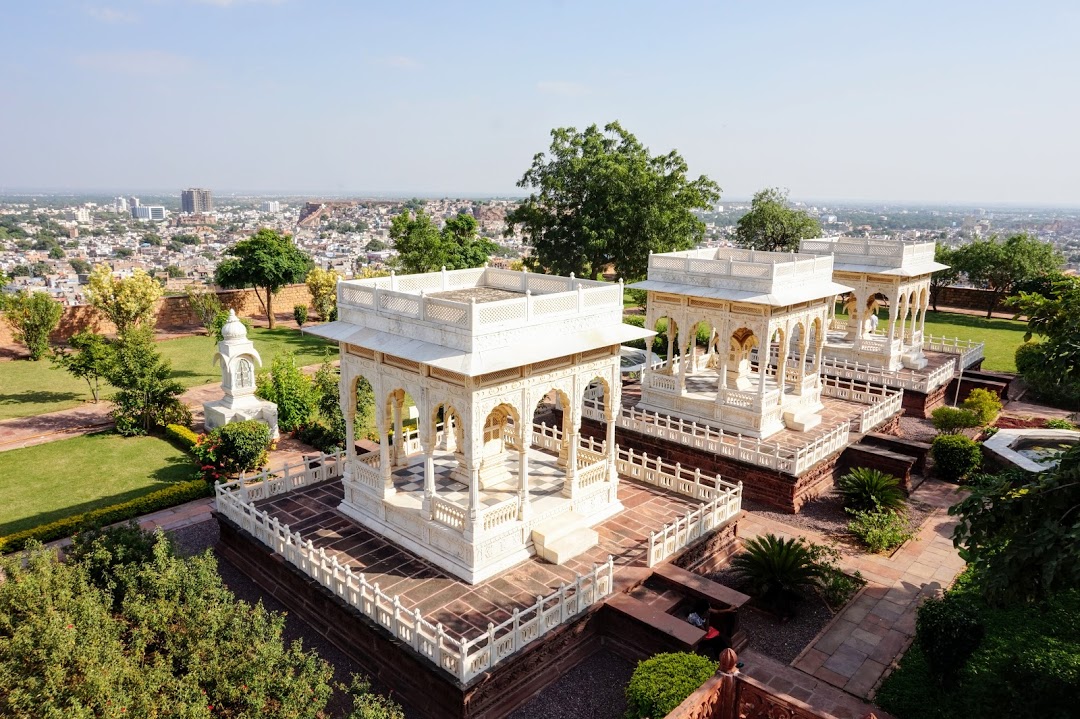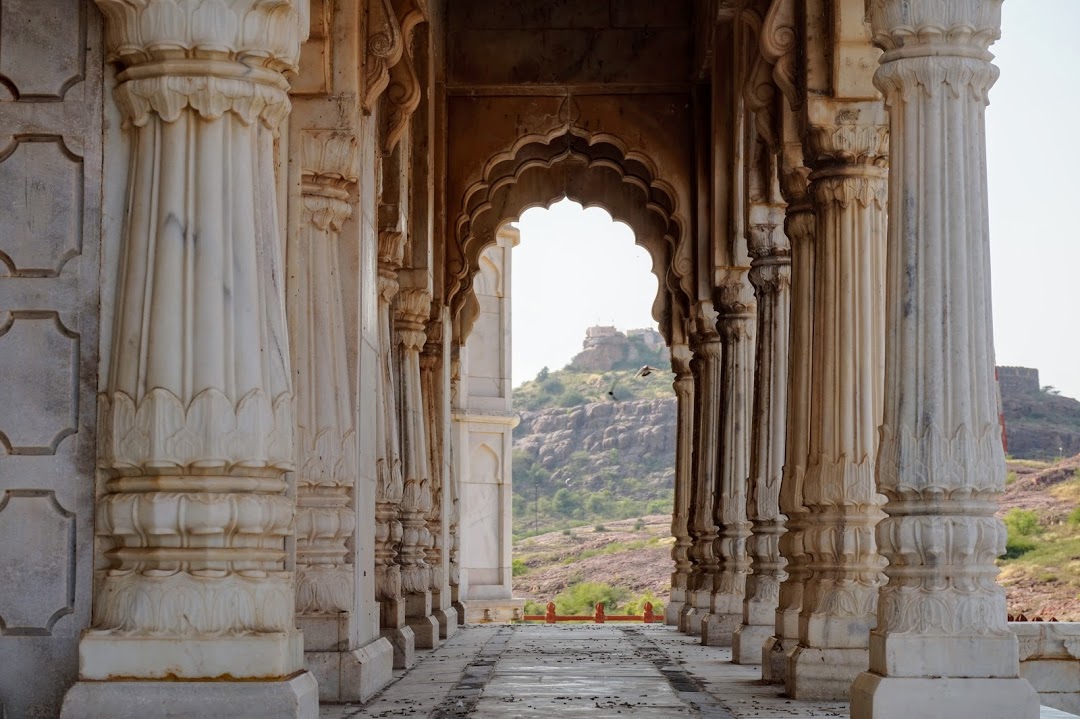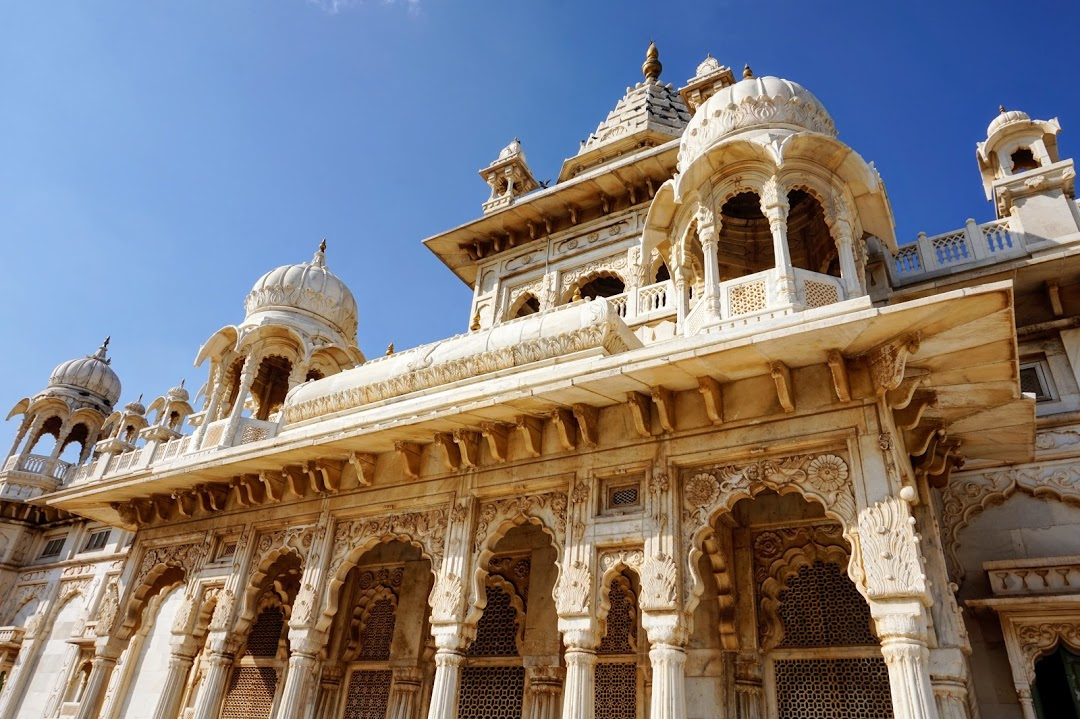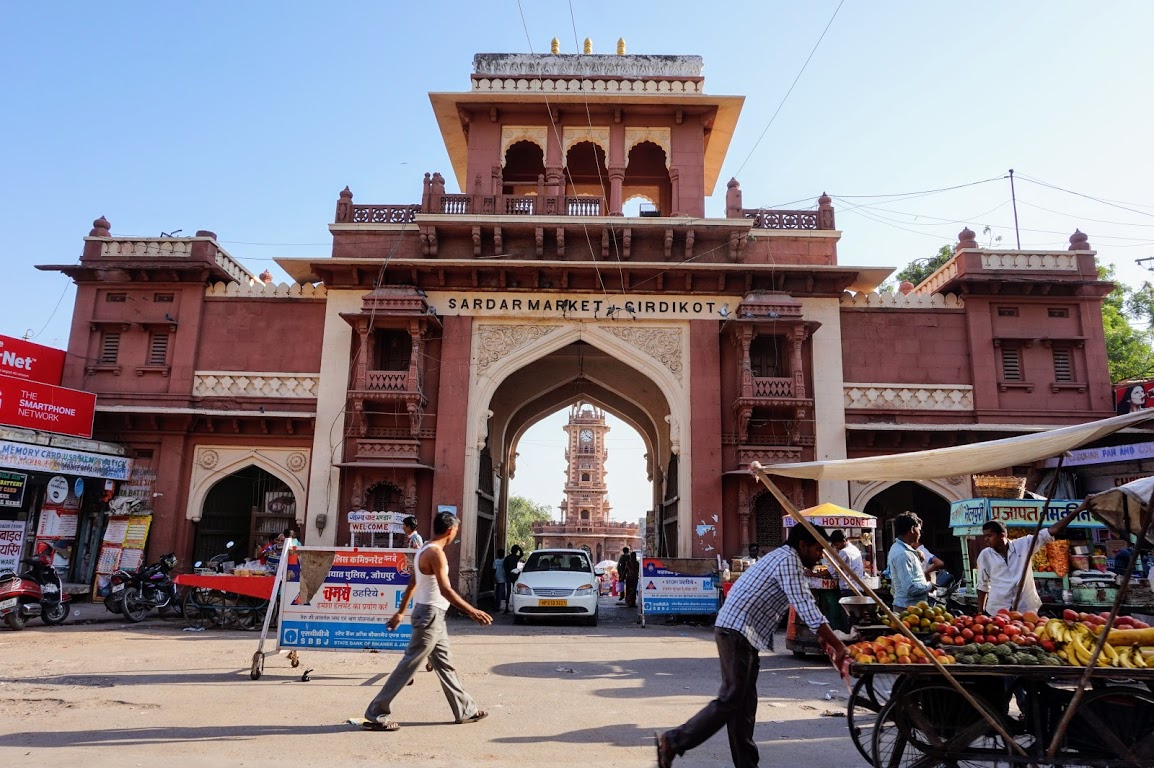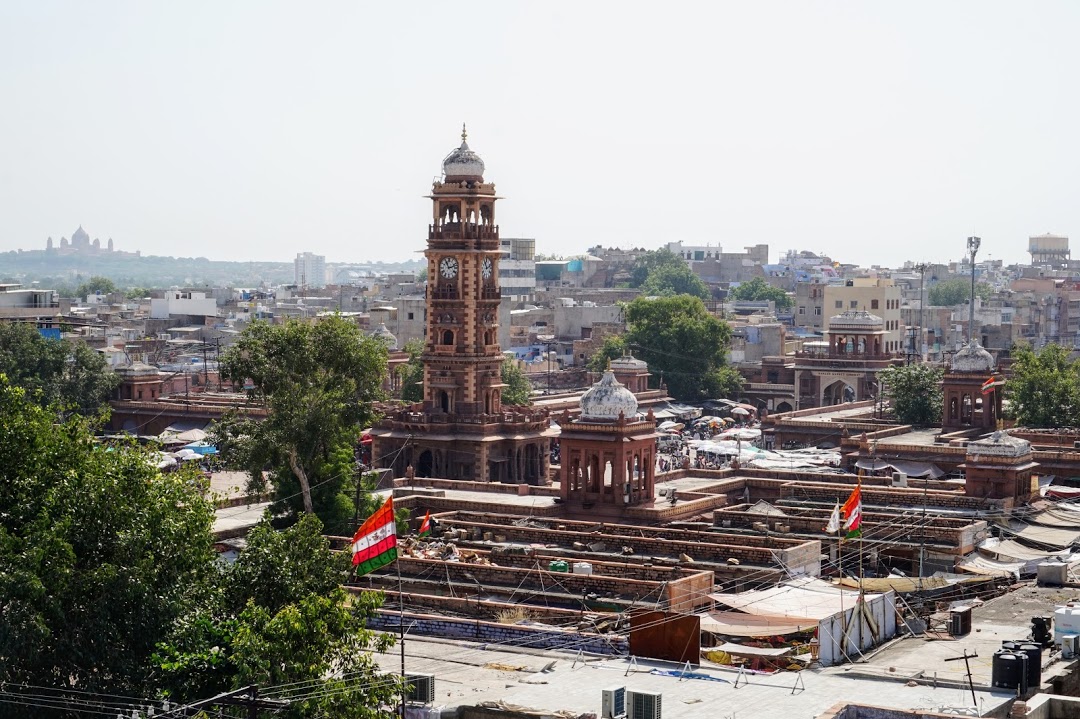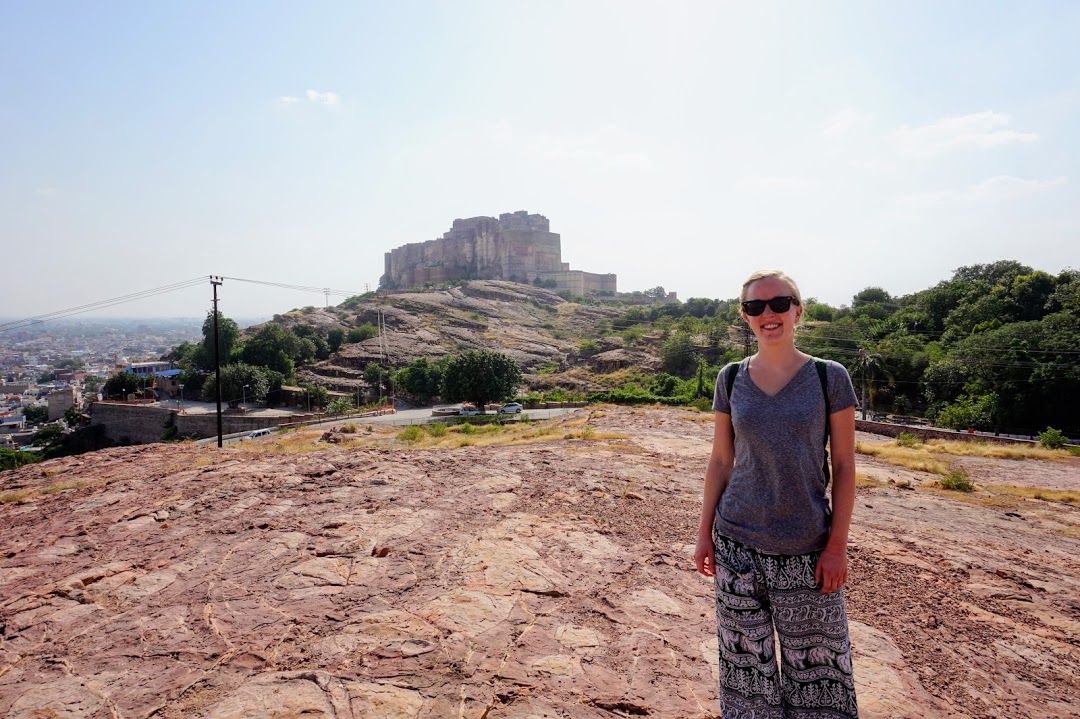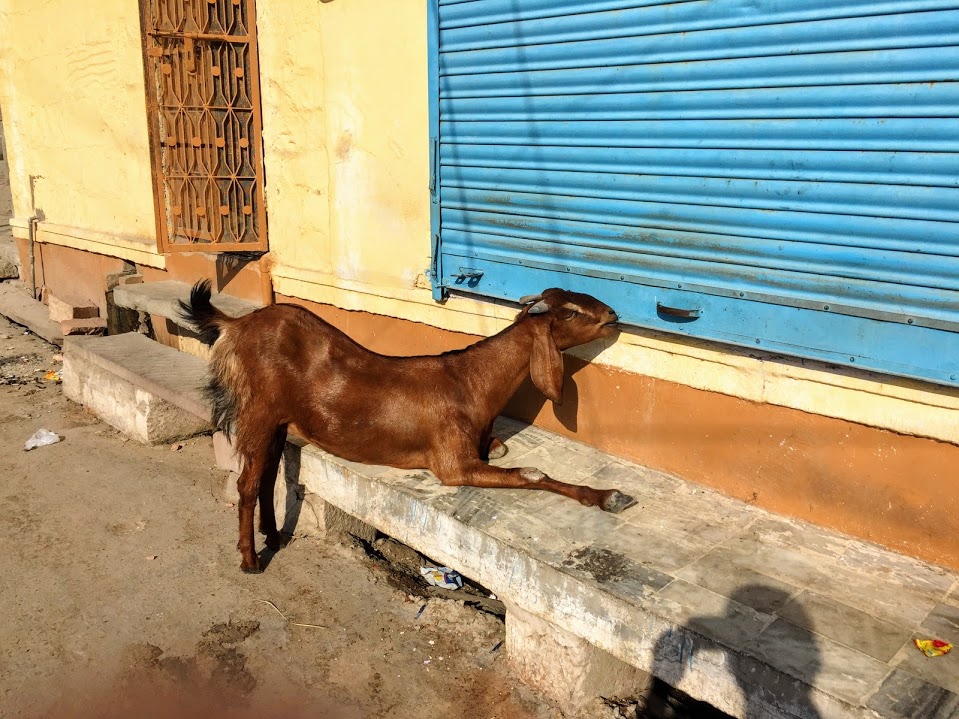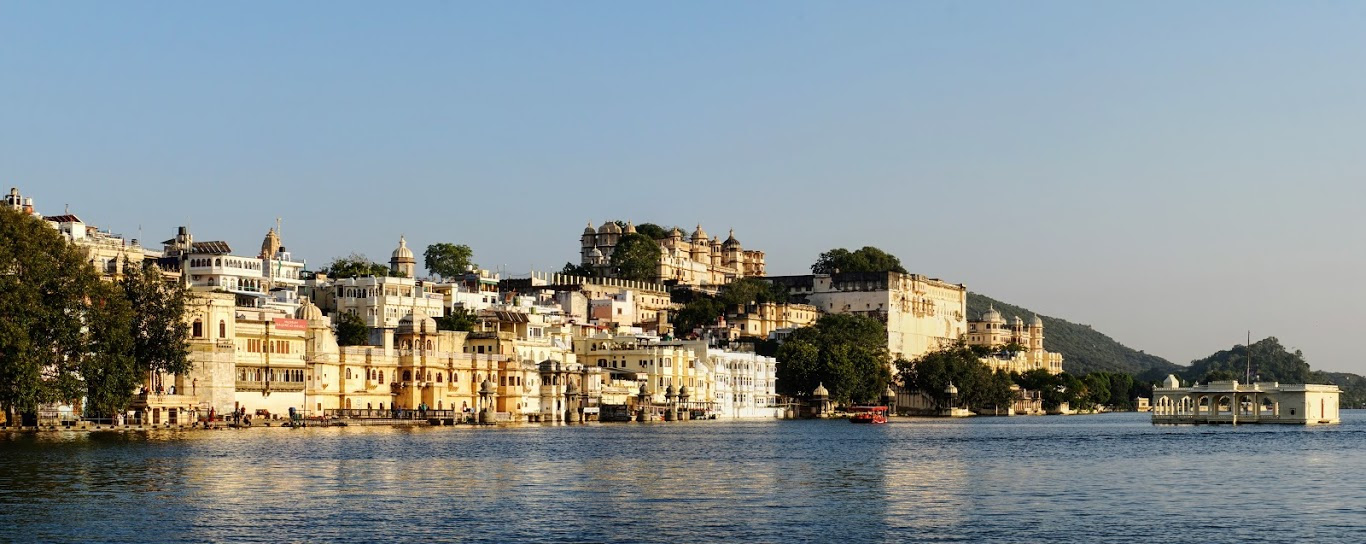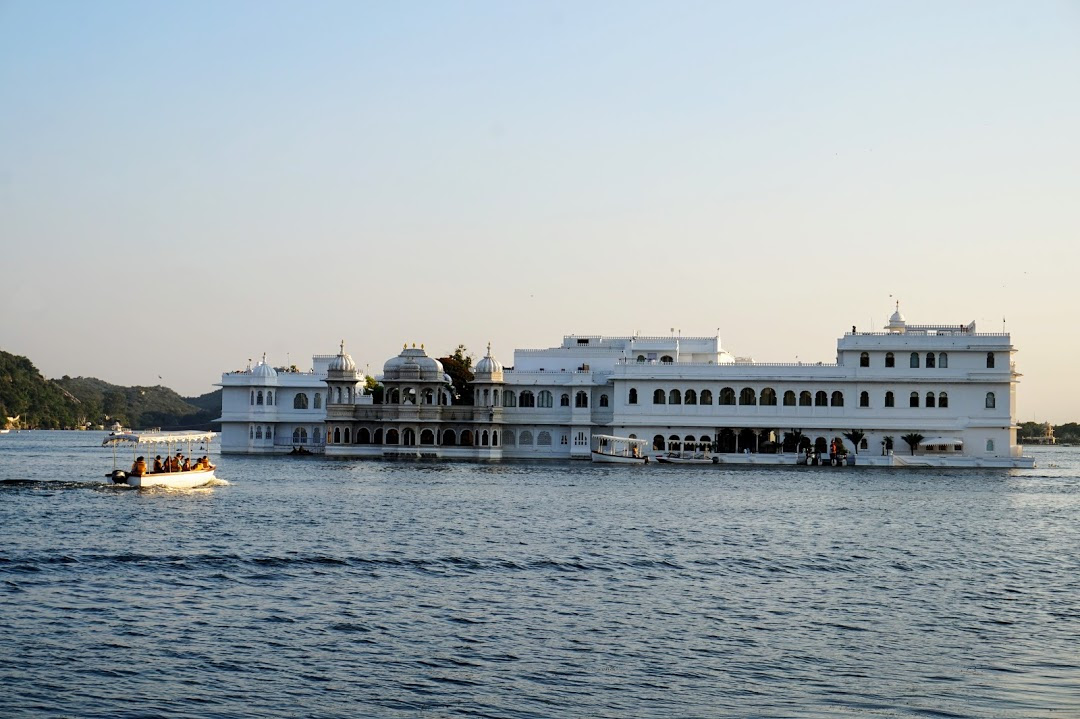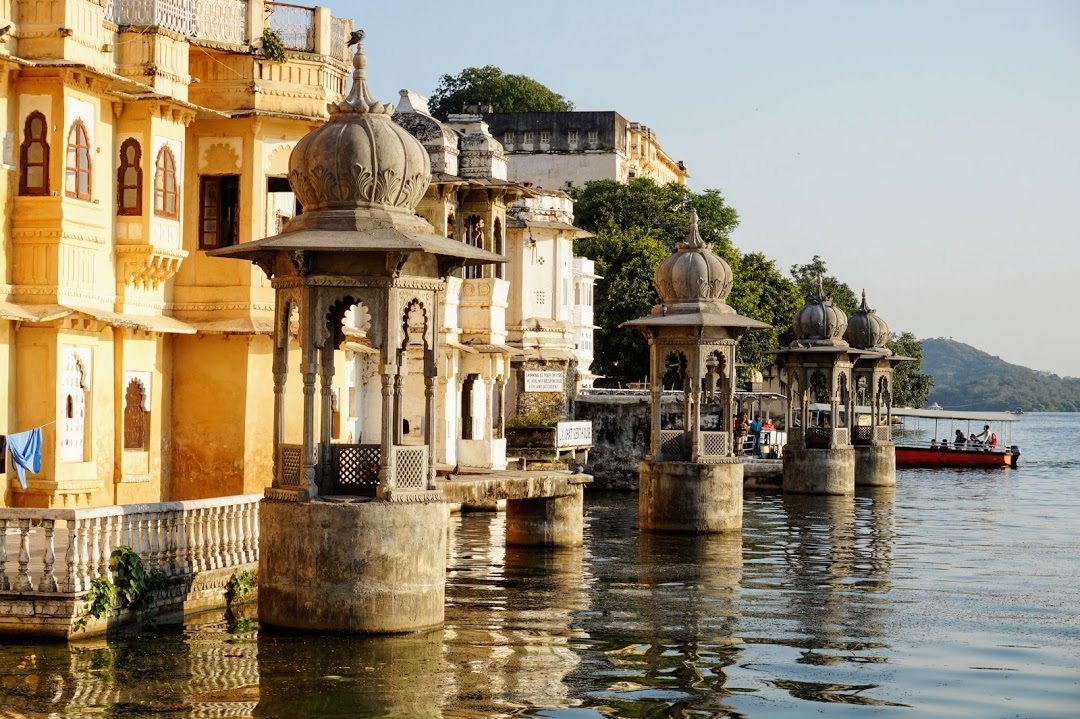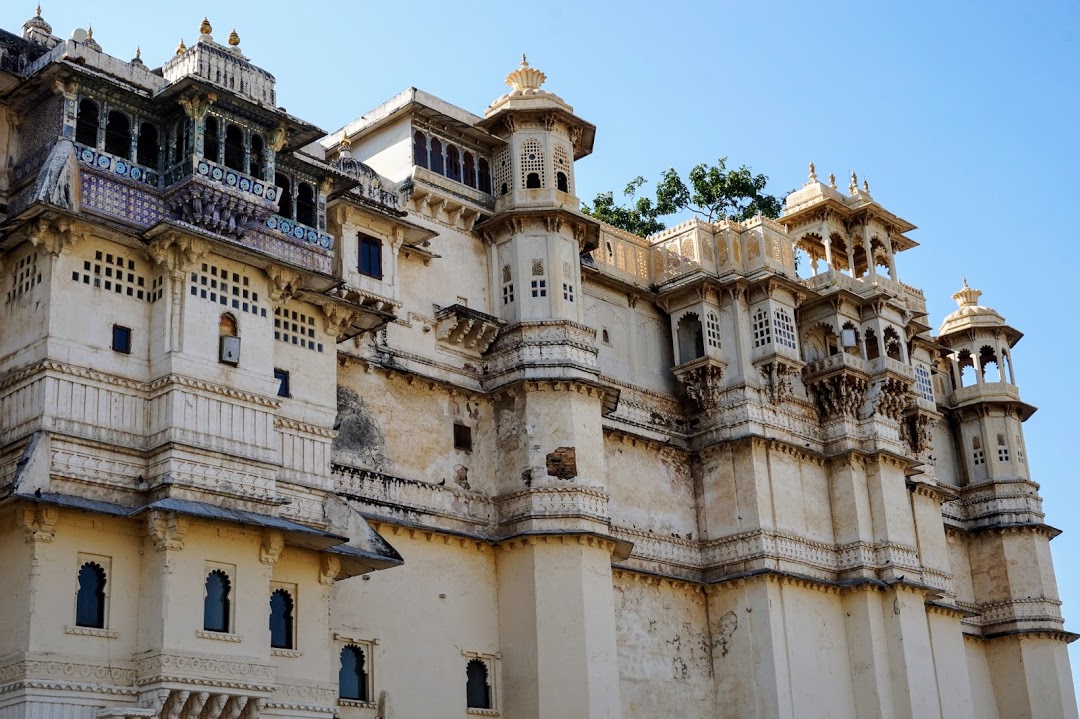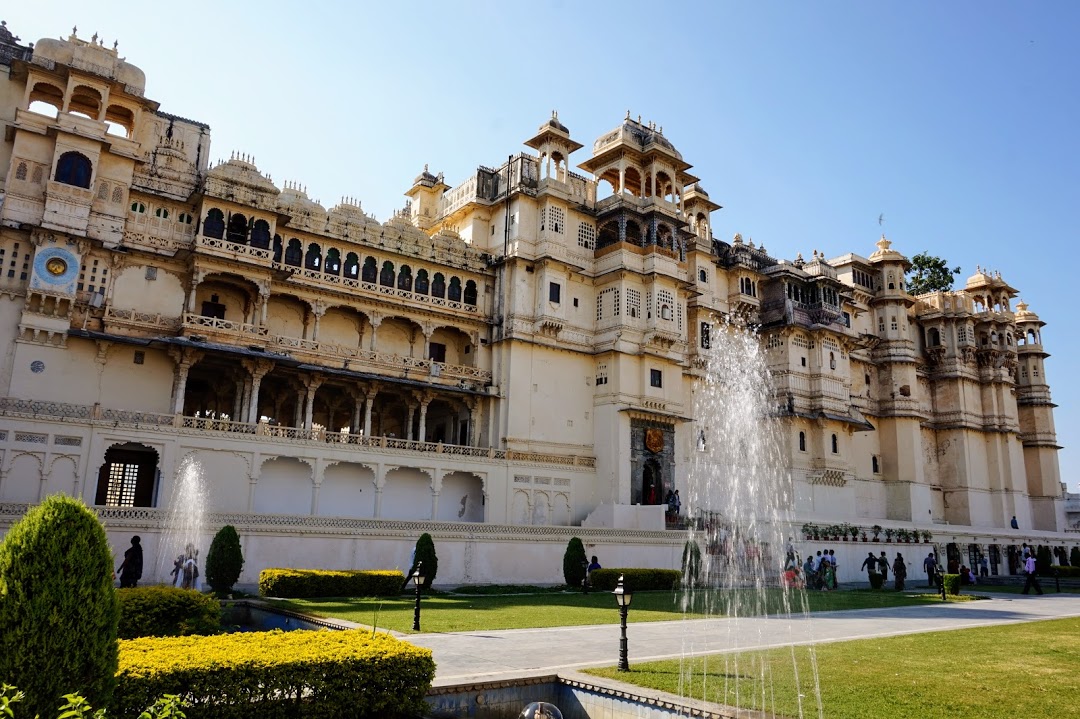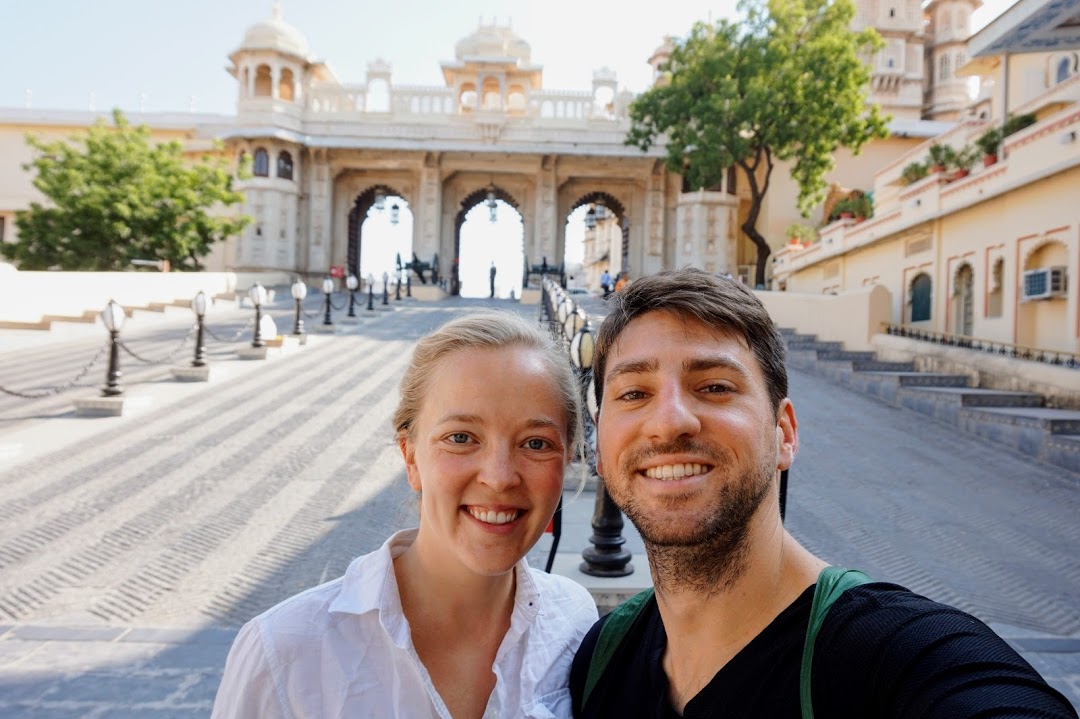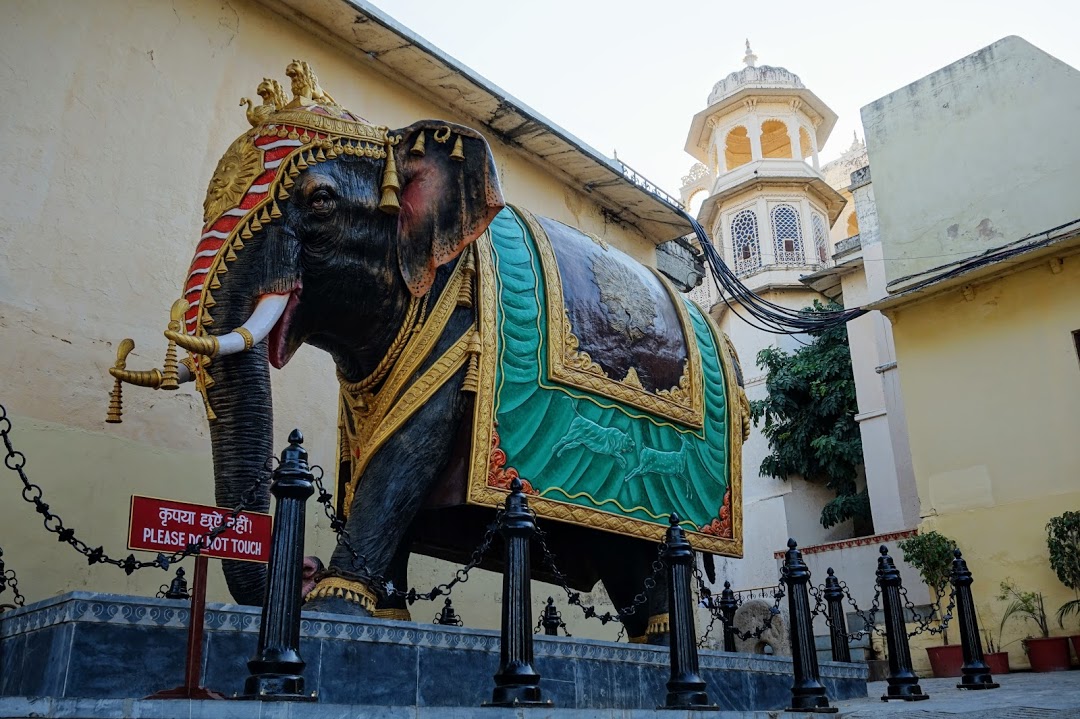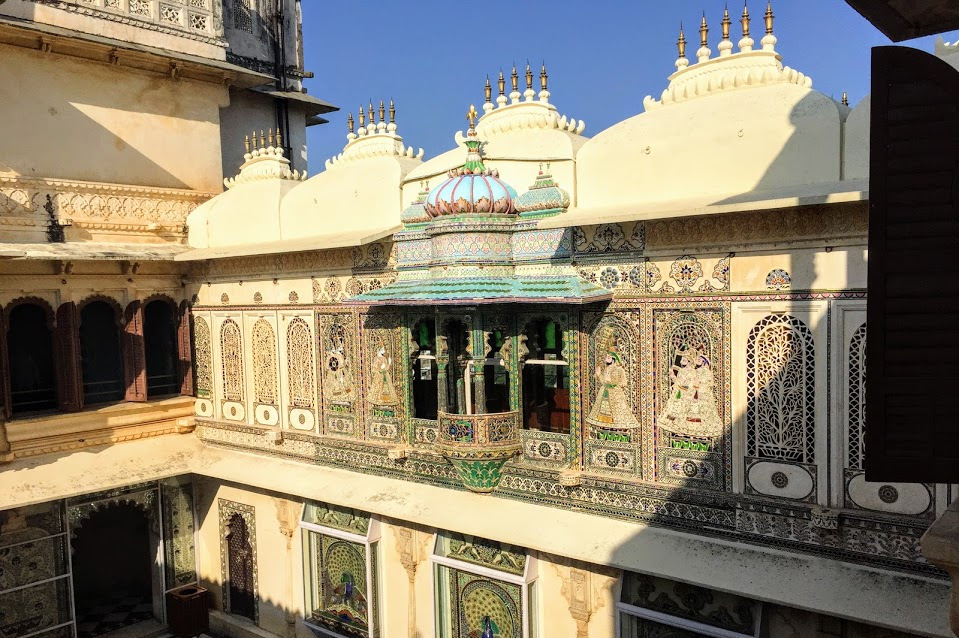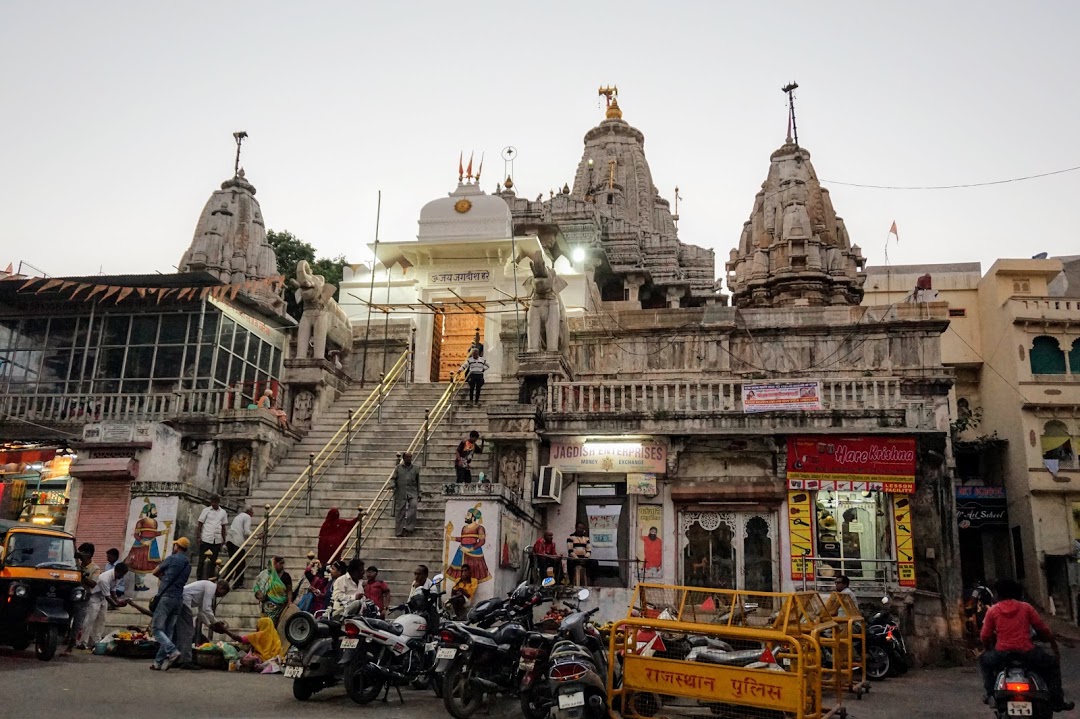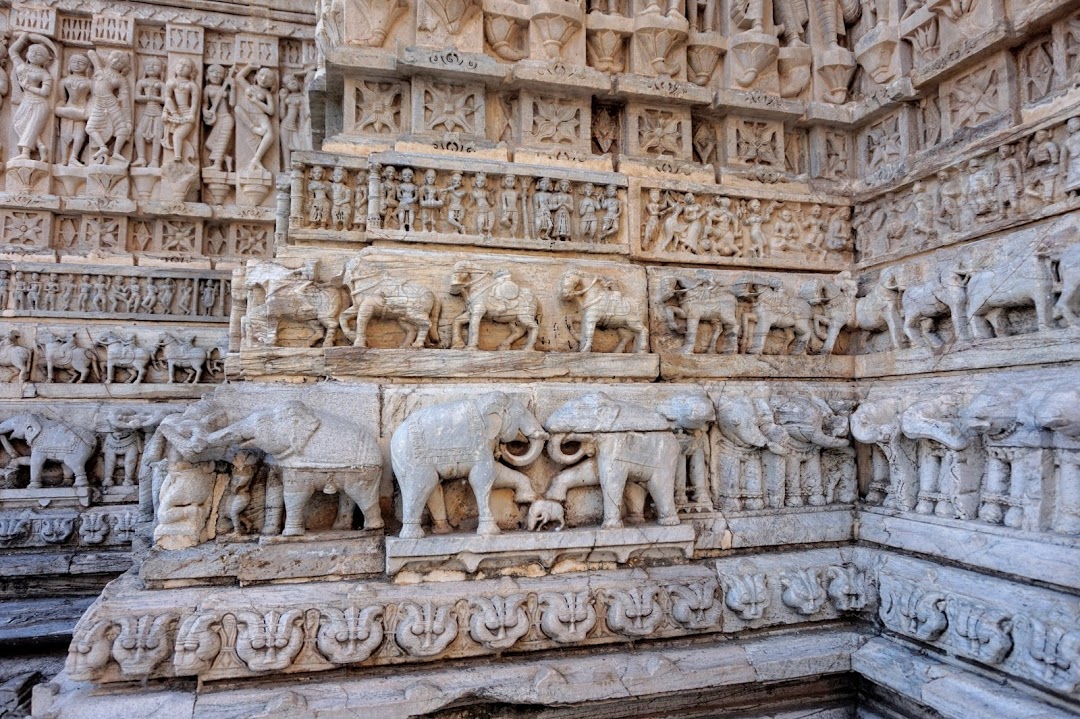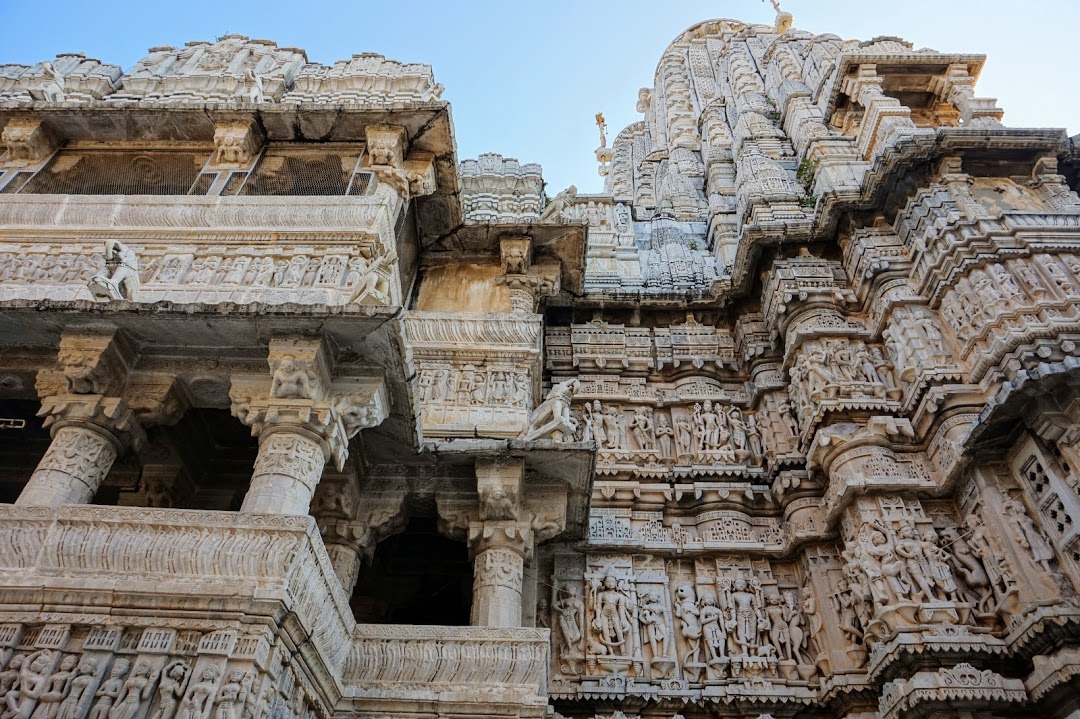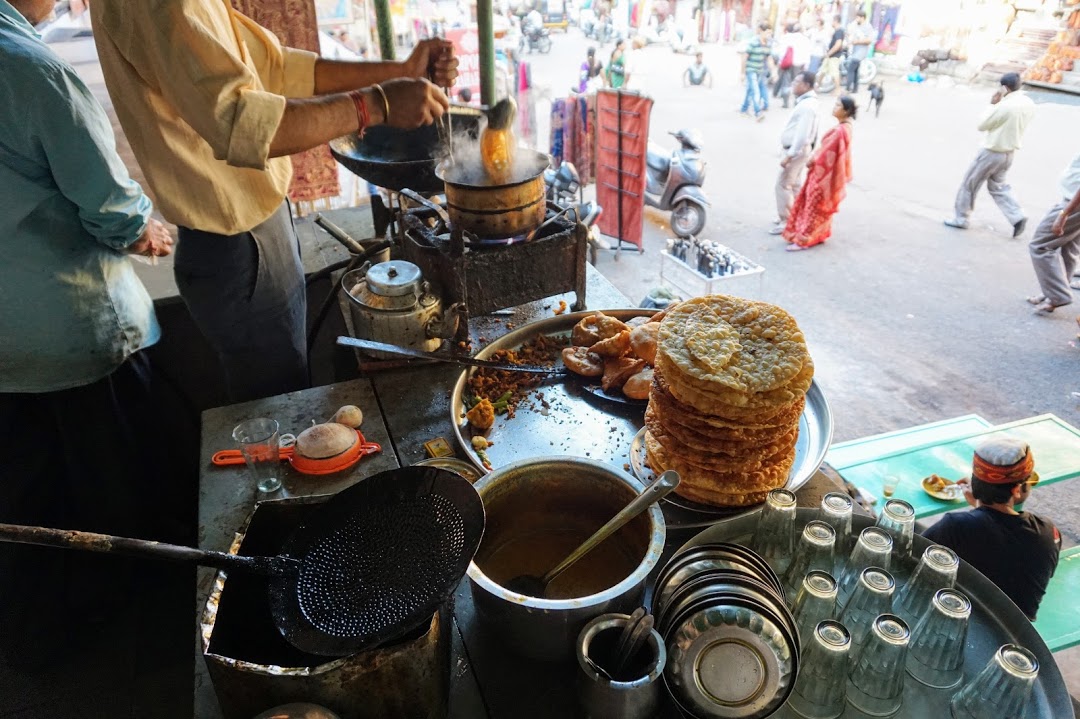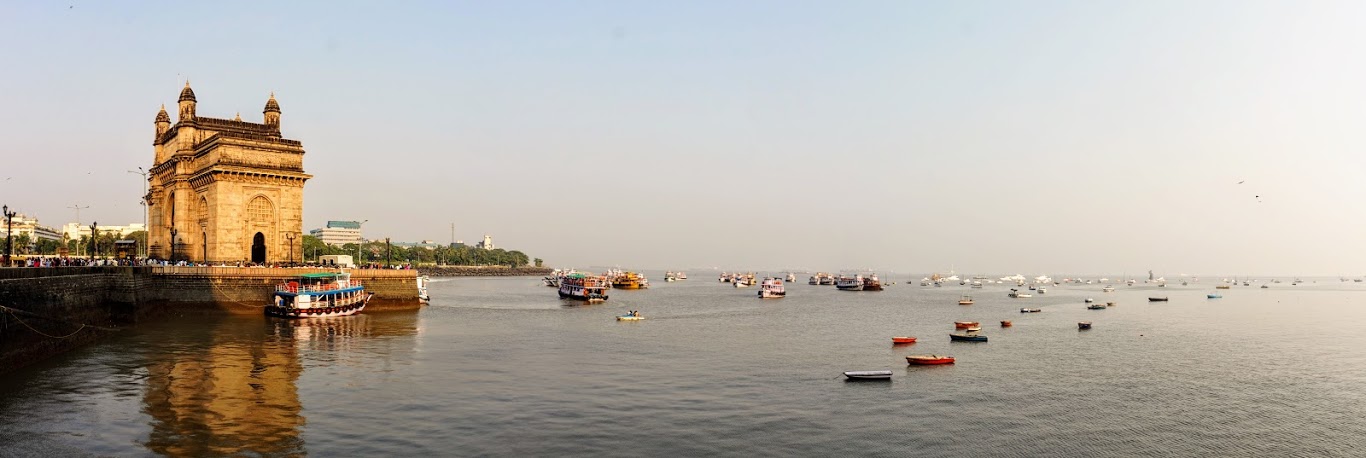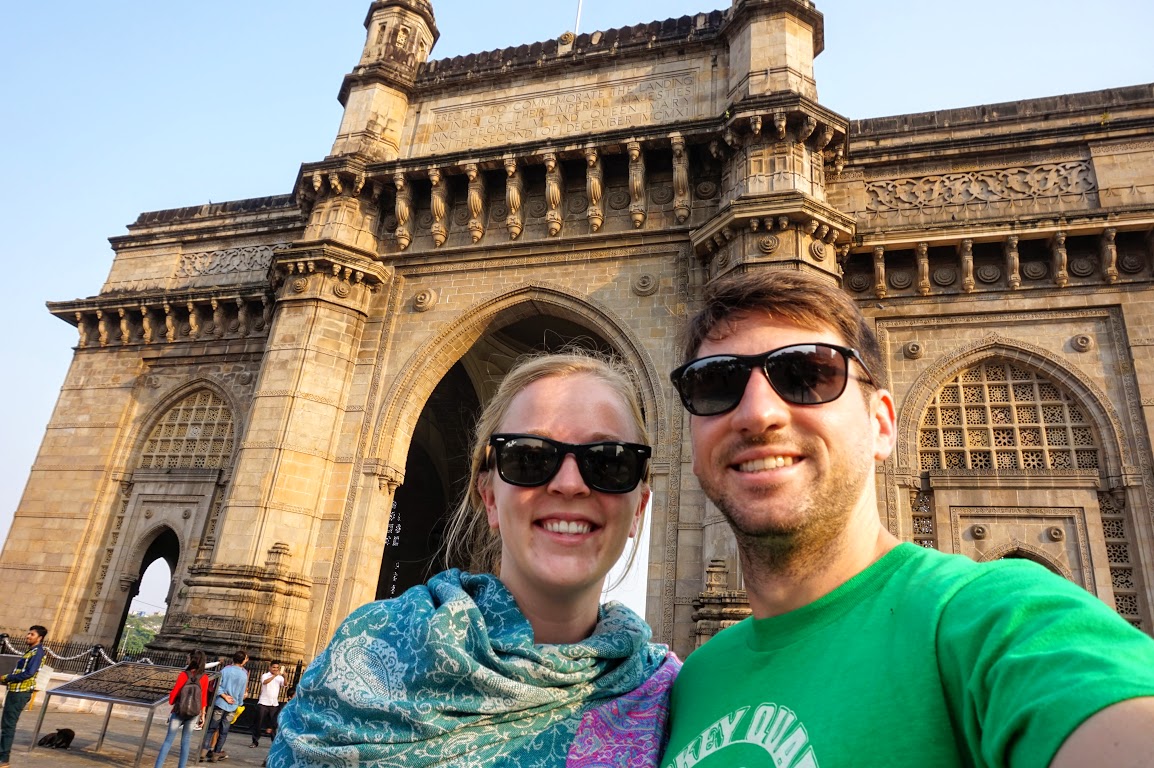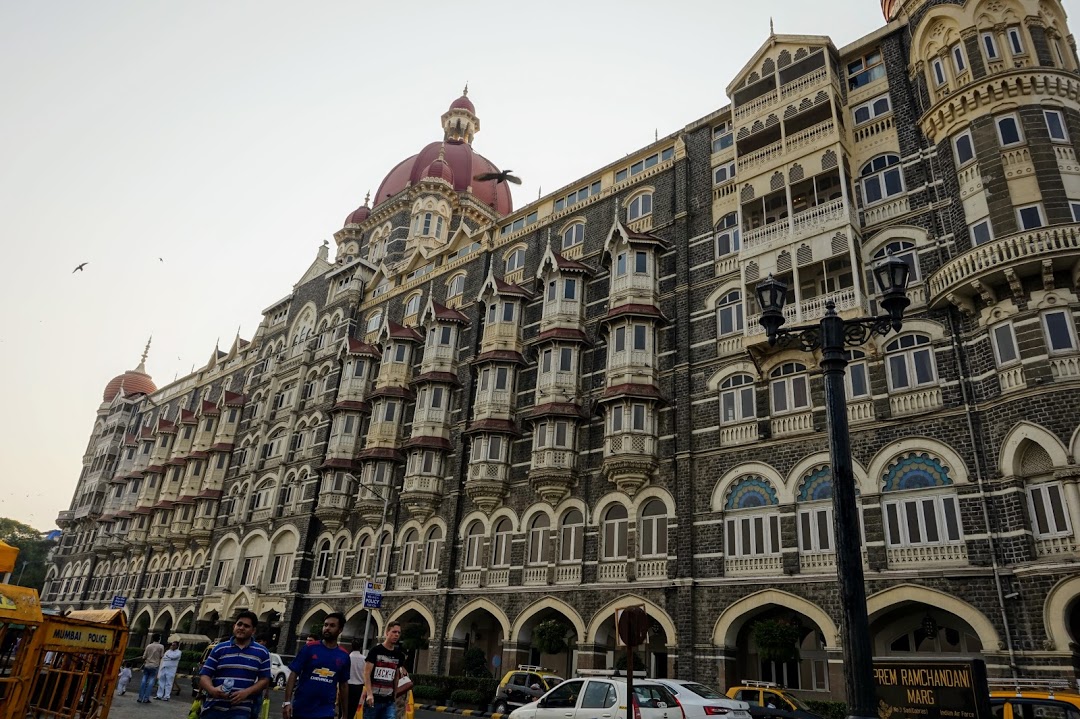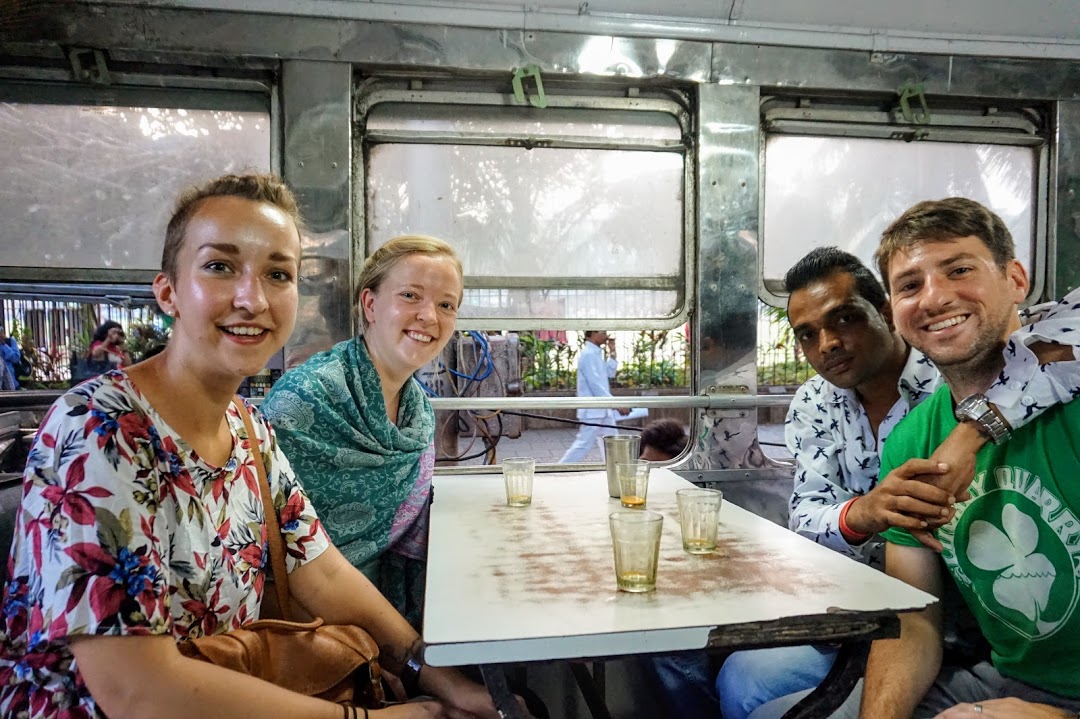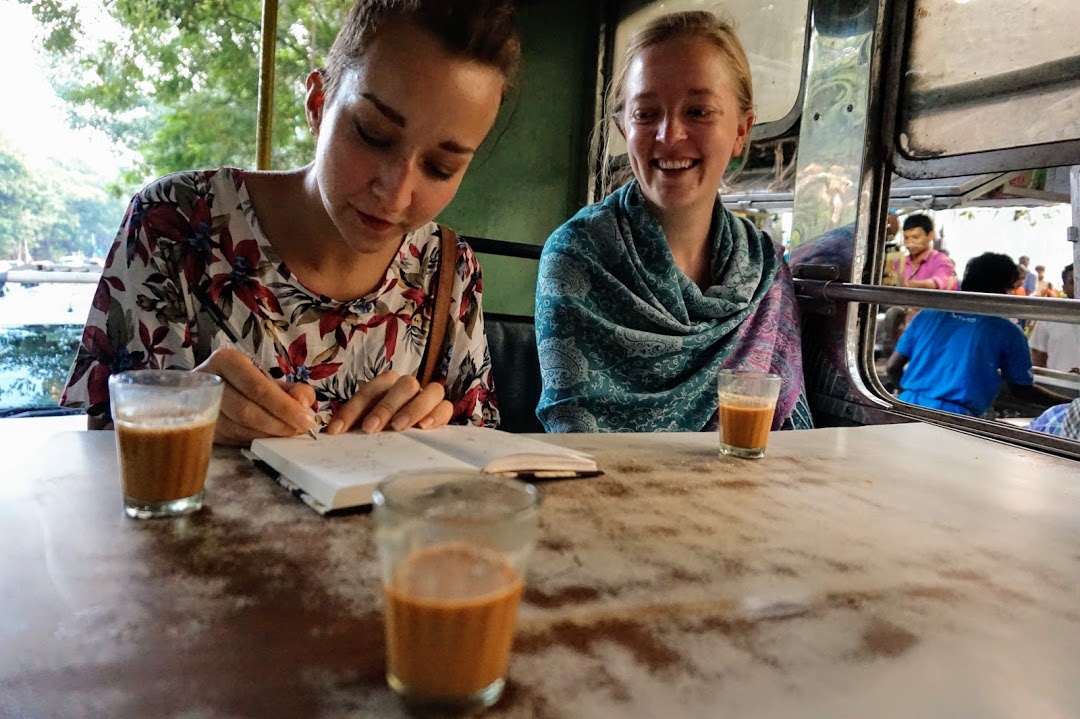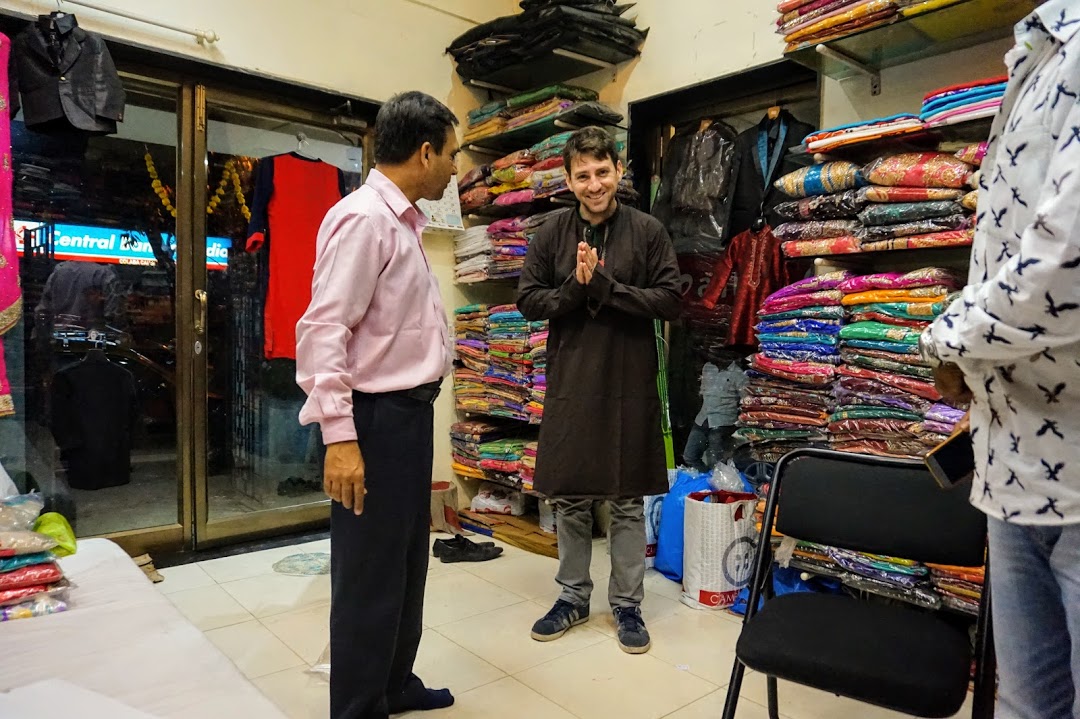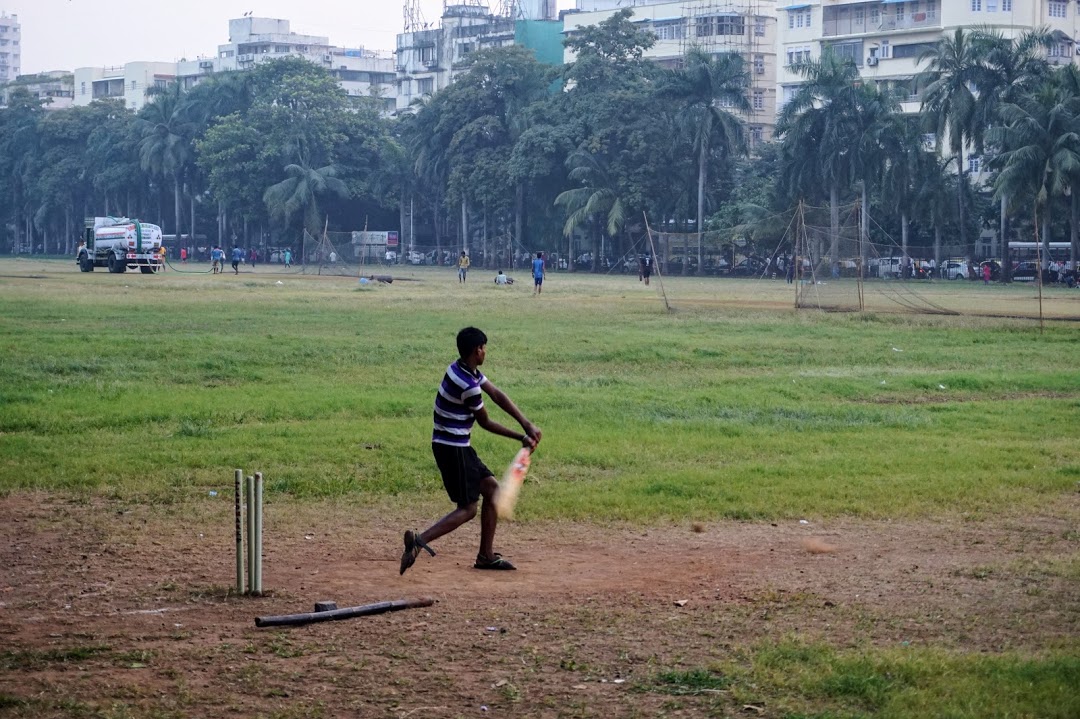In the last month we have traveled to seven cities in two countries: Pai and Chiang Rai in Thailand; and Huay Xai, Pak Beng, Luang Prabang, Vang Vieng, and Vientiane in Laos. Today is our last full day in Laos before we fly to Hanoi, Vietnam!
Month 11 Observations
- Mattresses in Southeast Asia are some of the worst we’ve slept on in the world. They usually tend to be rock hard - so much so that your arm will fall asleep after laying on your side for thirty minutes - otherwise you can feel every. Single. Spring. This was also true in India. When we look at reviews for lodging, we’ve started prioritizing mattress comfort in addition to wifi quality.
- After a month in Thailand, we can safely say that is the country where we saw the most American tourists. Traveling in Thailand is super easy: many people speak English, there’s a huge expat population, and you can find Western food anywhere if you’re craving a taste of home. If you’re looking to travel somewhere exotic but are worried about language barriers or cultural differences, Thailand is an easy place to start. Plus, it’s cheap!
- And since Thailand is cheap, we were surprised to find that prices in Laos are often double to triple what we saw in Thailand. Laos is still relatively inexpensive, but it’s annoying when we’re getting half the quality of what we got in Thailand.
- No one pronounces the “s” in Laos. It’s just “Lao.”
- Laotian people are some of the nicest we’ve met around the world. Everyone greets you with “Sabaidi” (hello) and always says “khob chai” (thank you). Even when we end up pantomiming or using broken English, everyone we’ve spoken to has always been willing to try and help us out.
- Full page visa stickers are annoying - at least, they are for Vesper whose passport is nine years old. He only has two blank pages left! We didn’t realize Laos and Vietnam would both be full page stickers, but at least the Vietnamese Consulate helped us out and decided to slap their sticker over one of his pages full of stamps (is that even allowed?). We’re probably going to end up getting him a new passport when we go back through Thailand.
Fast Facts:
- Favorite city in Thailand (so far): Pai
- Favorite Northern Thai food: Khao Soi
- Runner up Thai food: Pad See Ew
- Craziest backpacker party city we’ve visited yet: Vang Vieng, Laos
- Number of times we wanted a stupid rooster to die a slow and painful death: Too many to count
